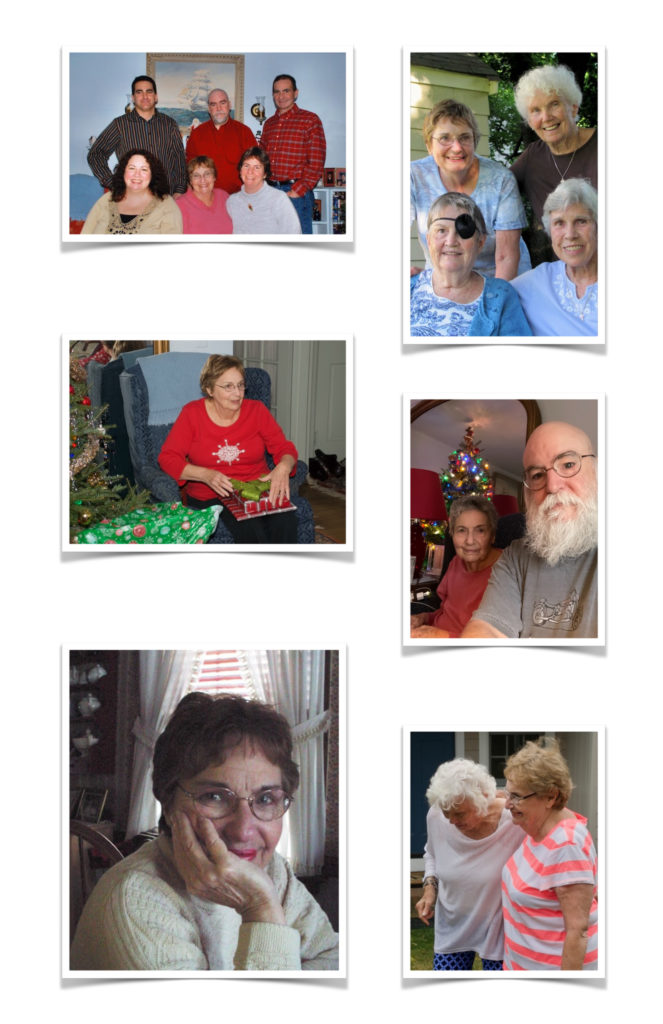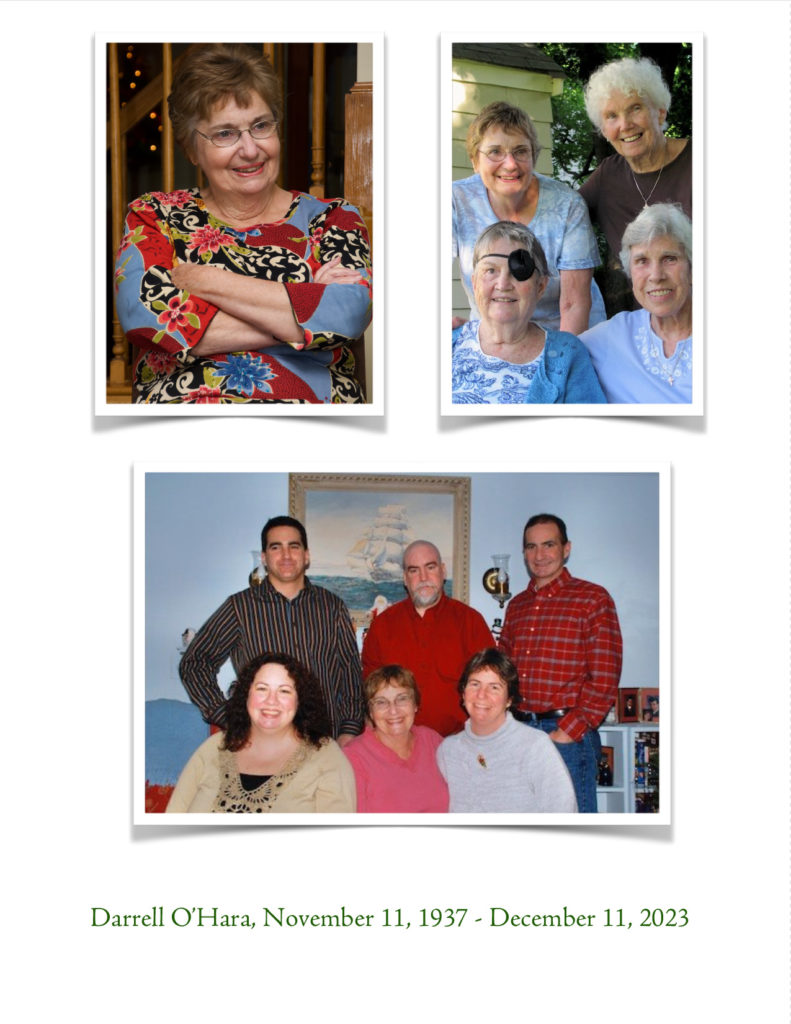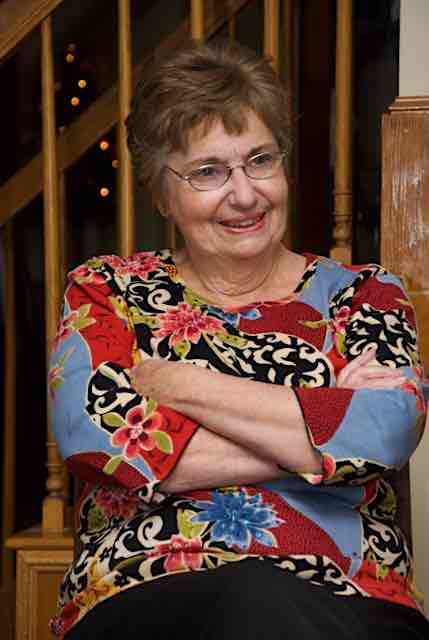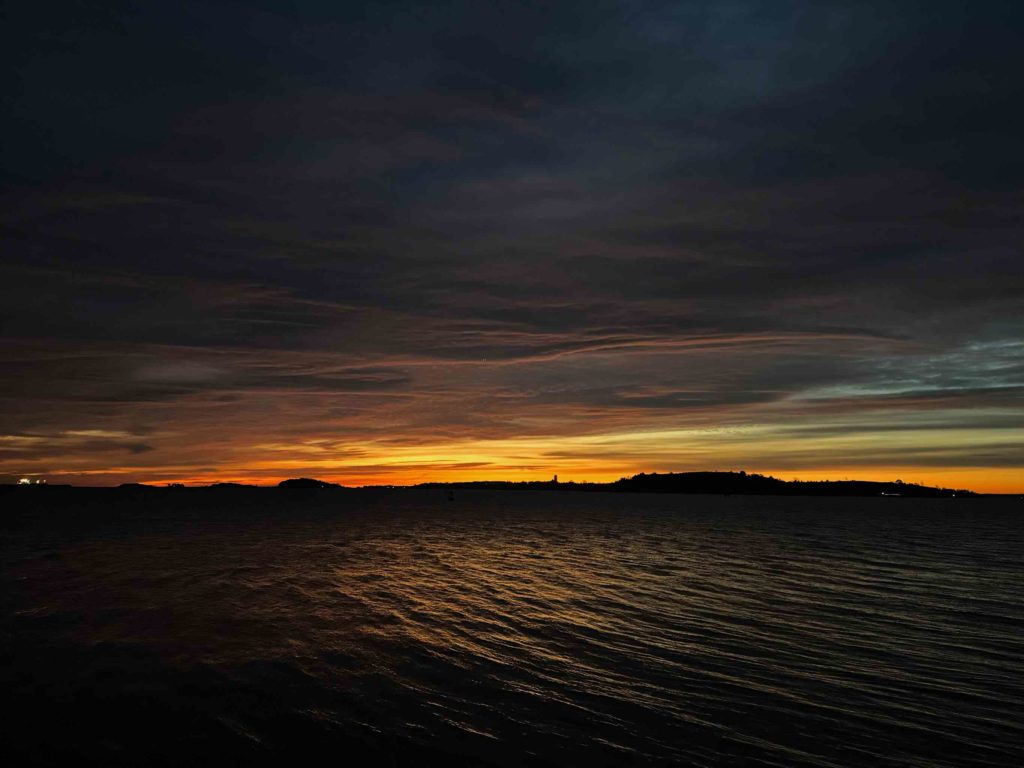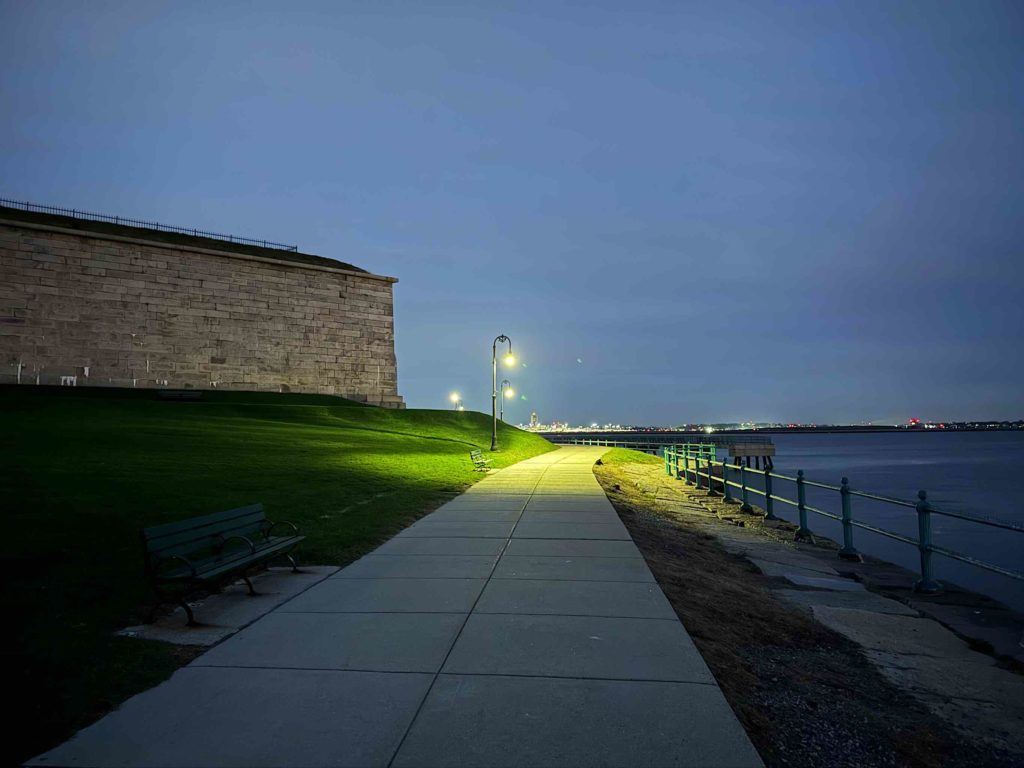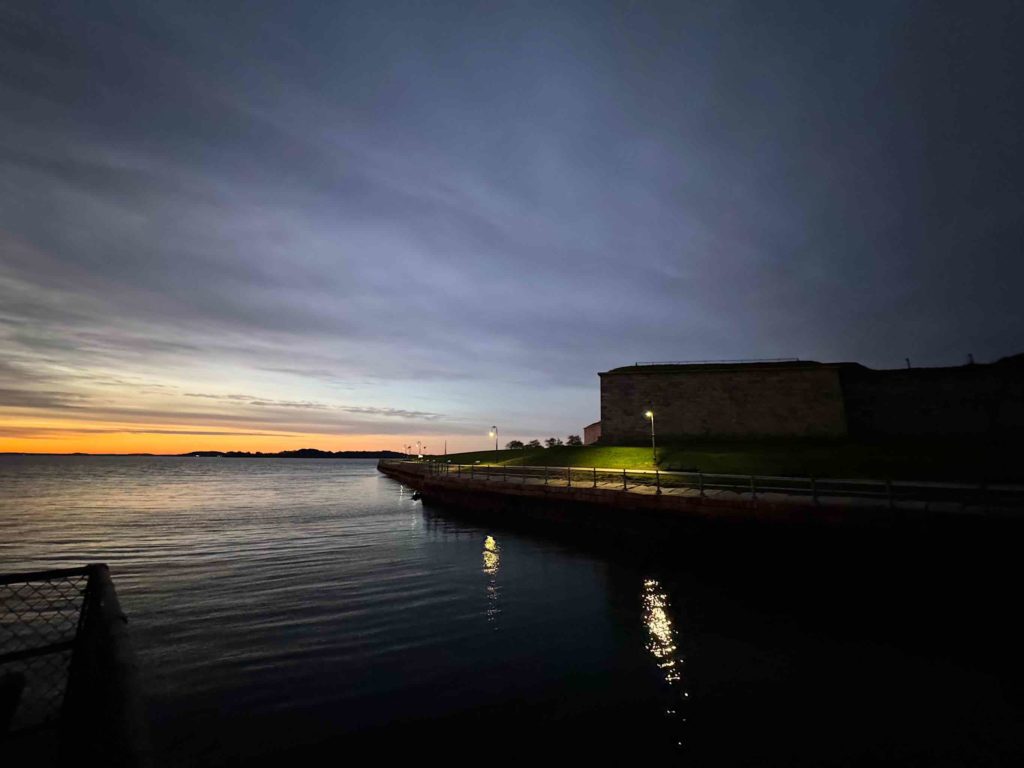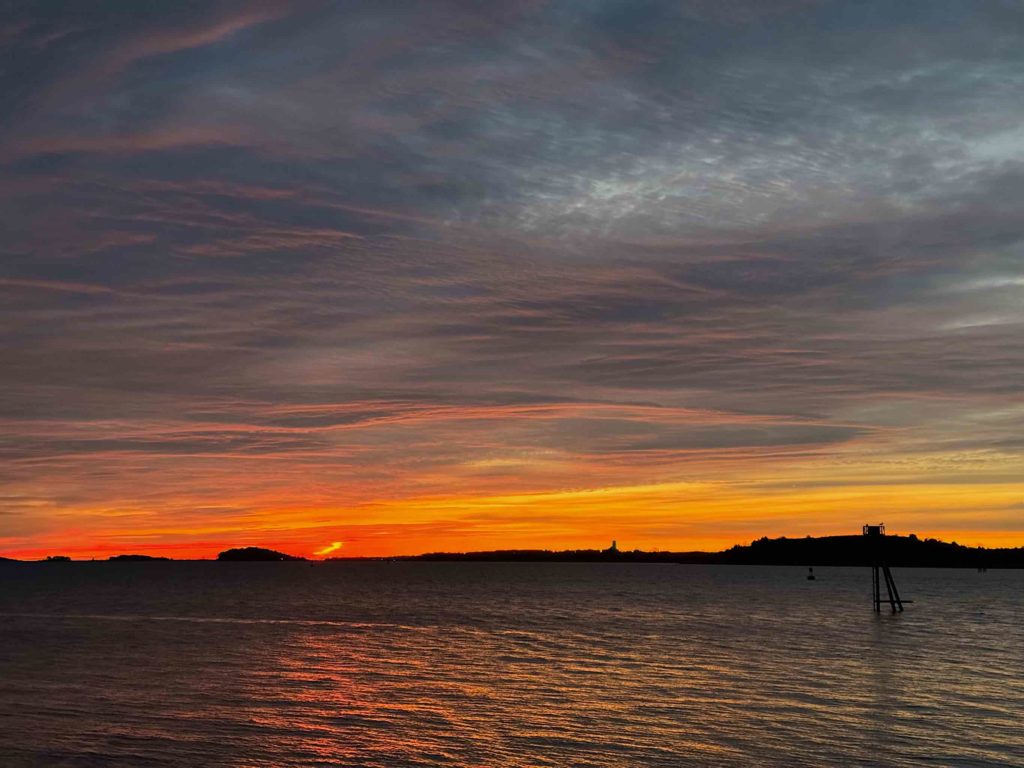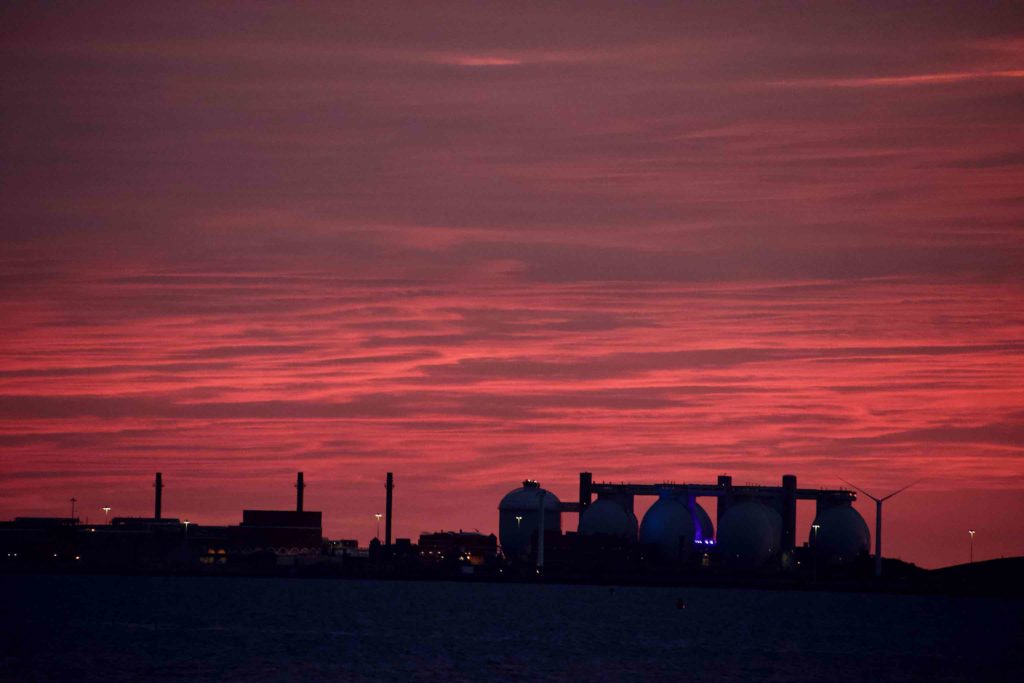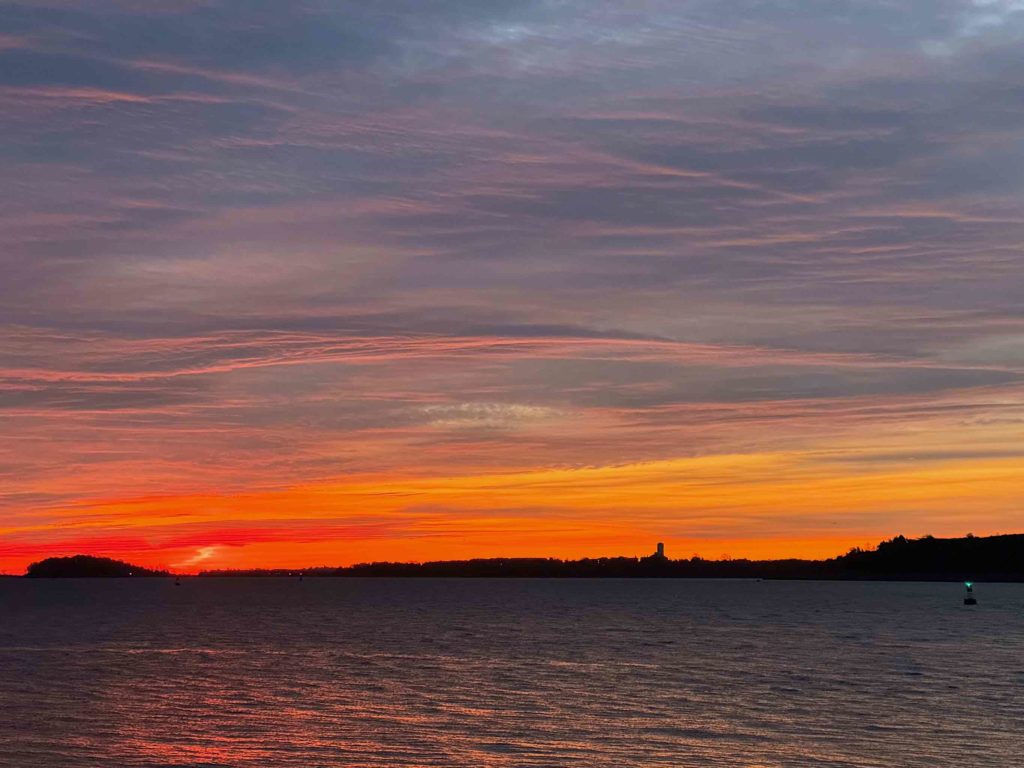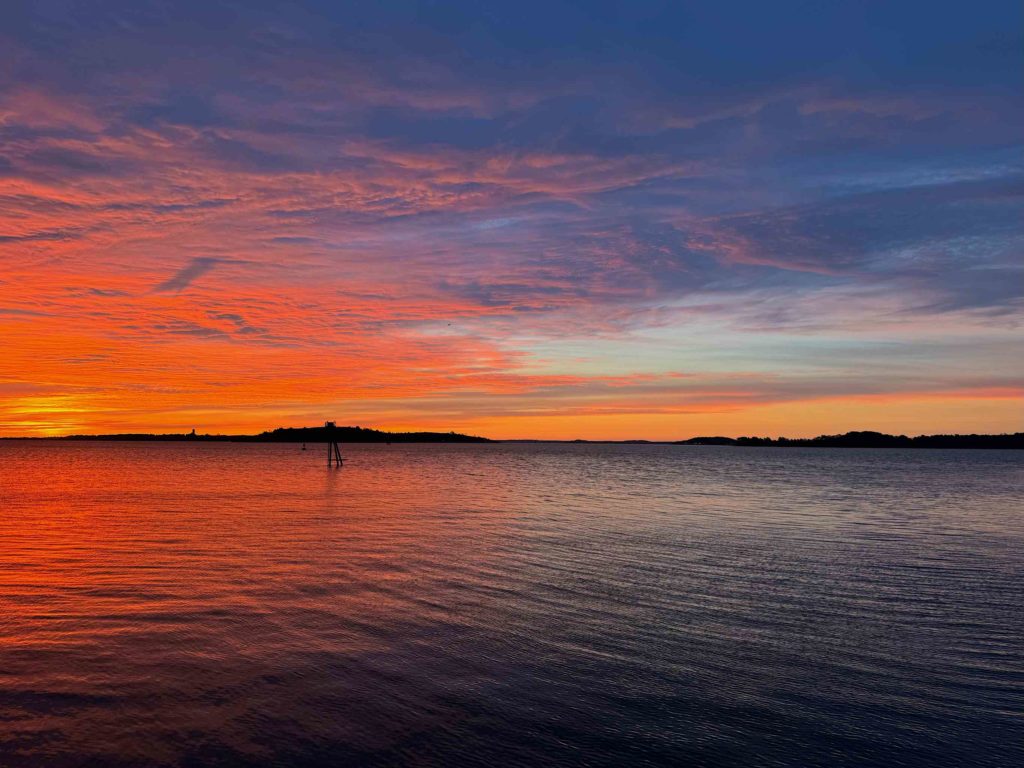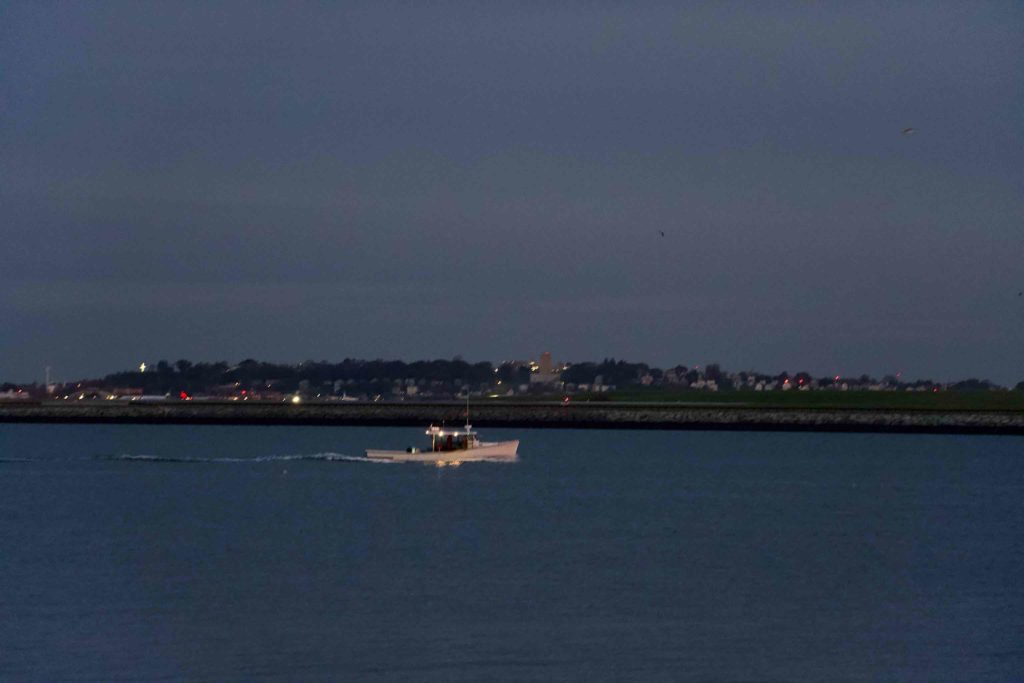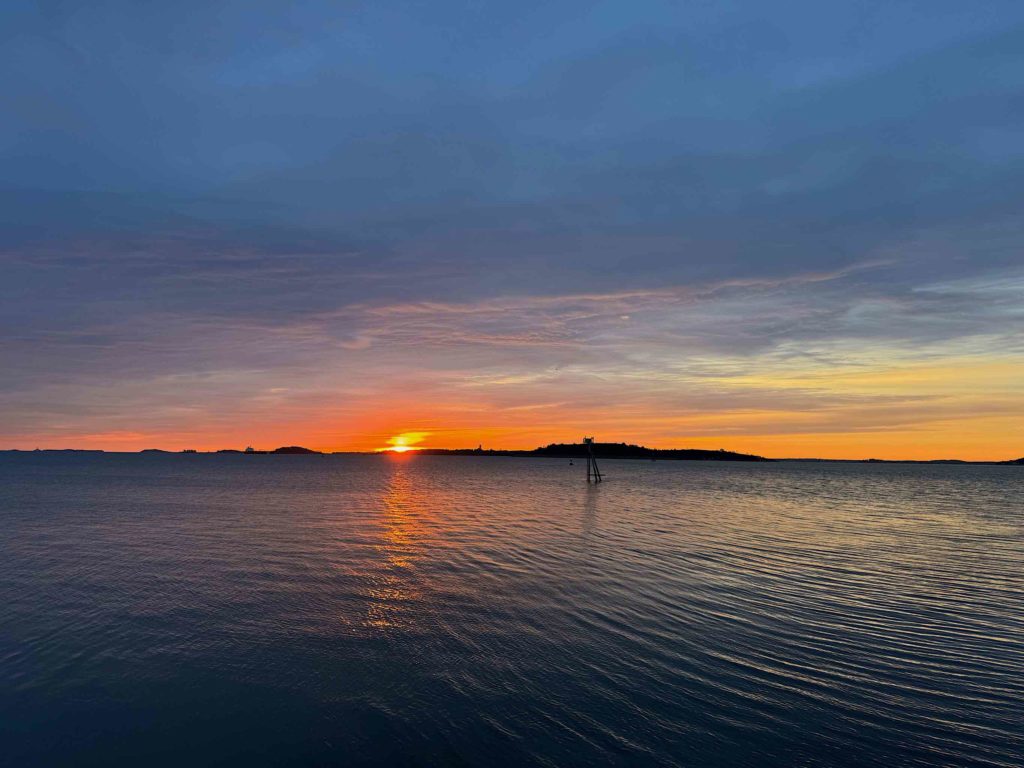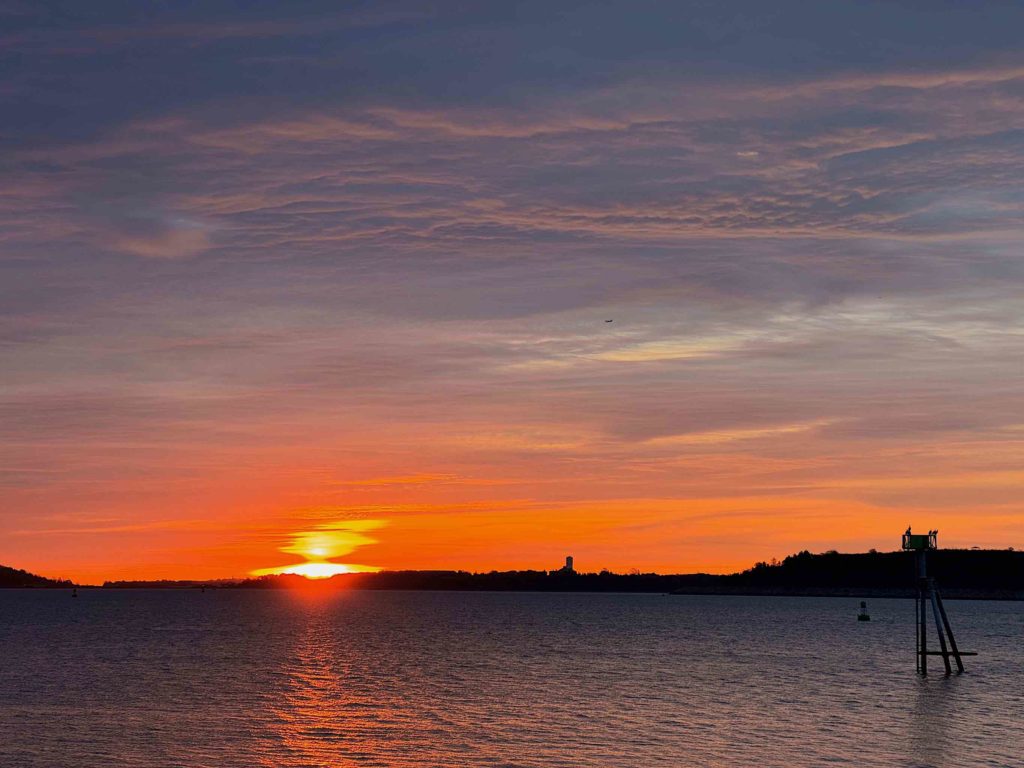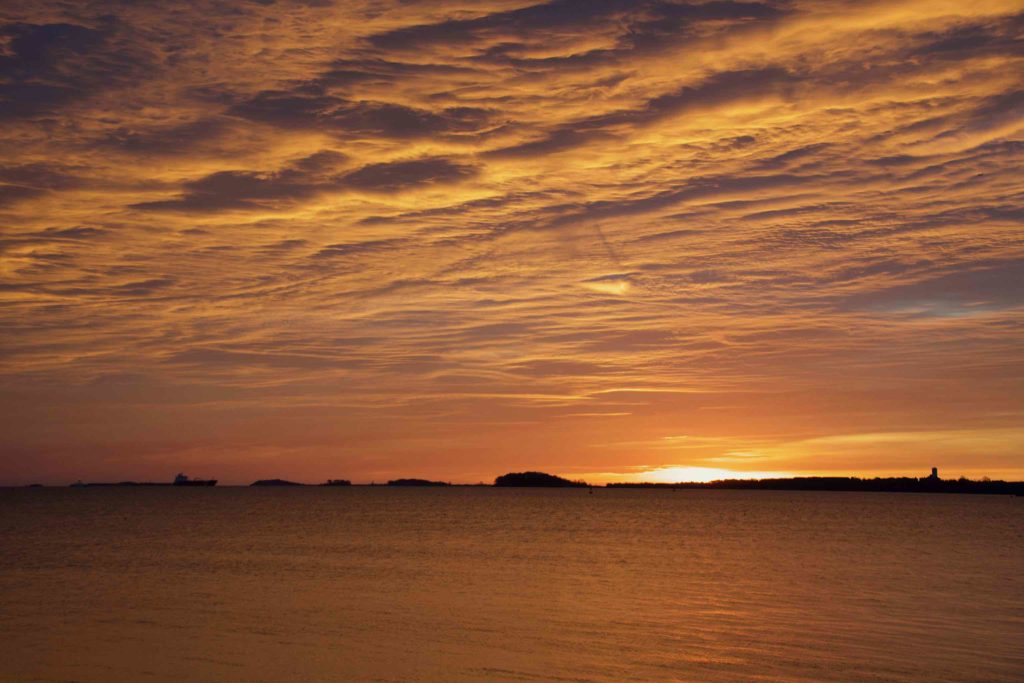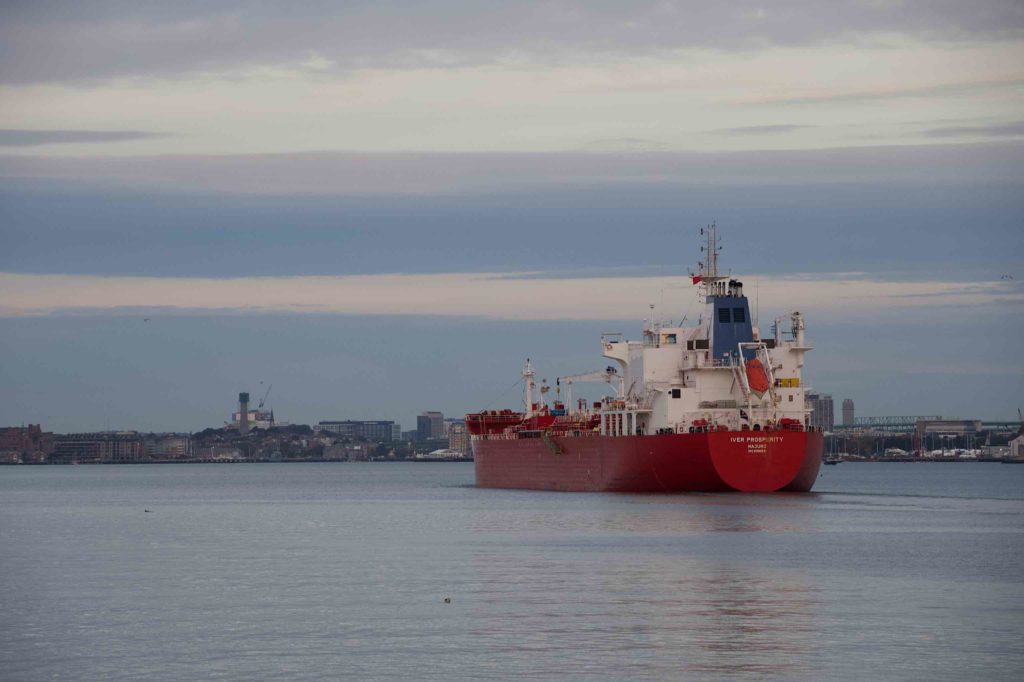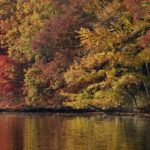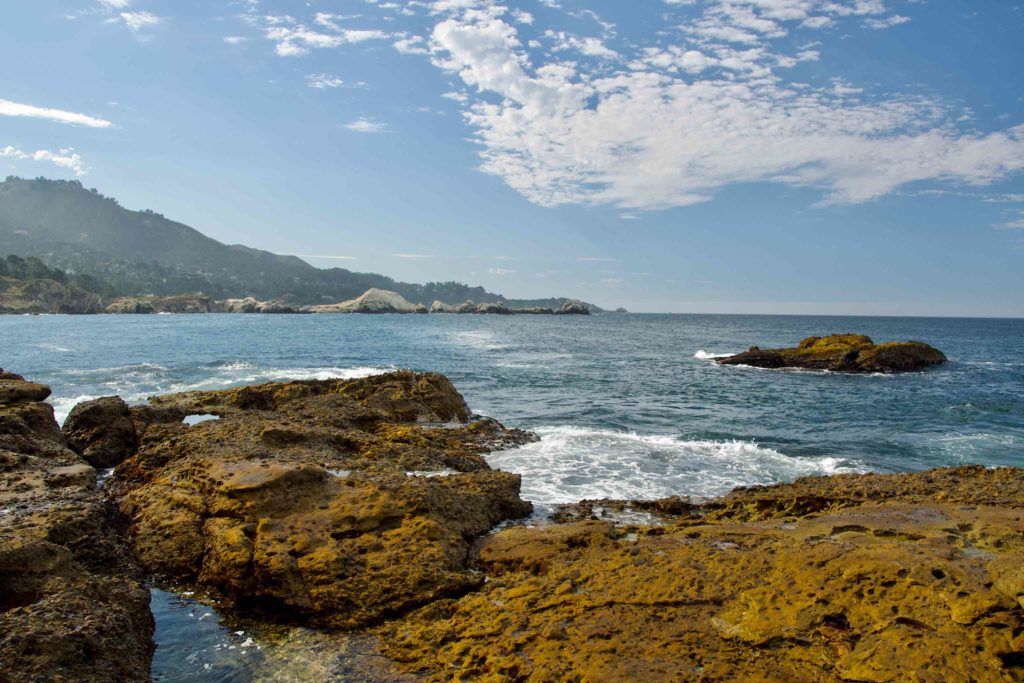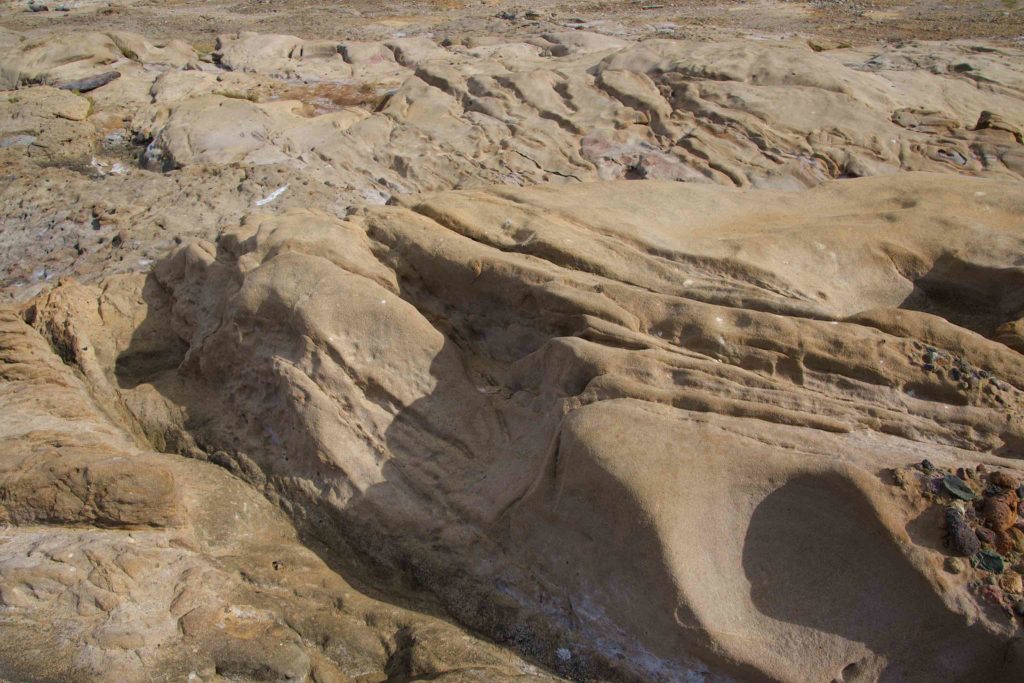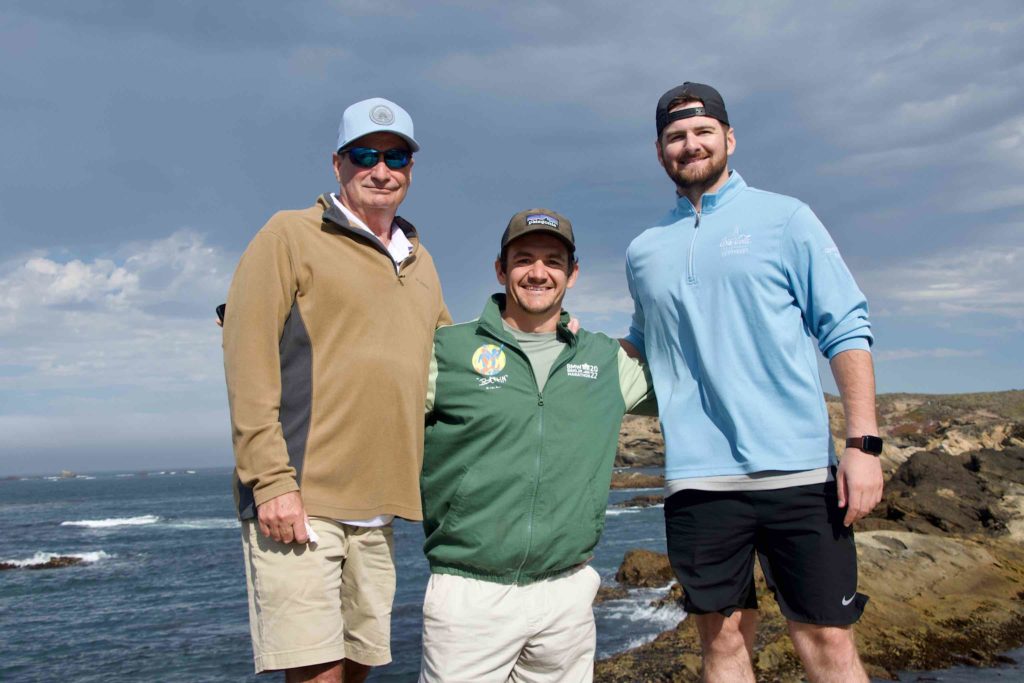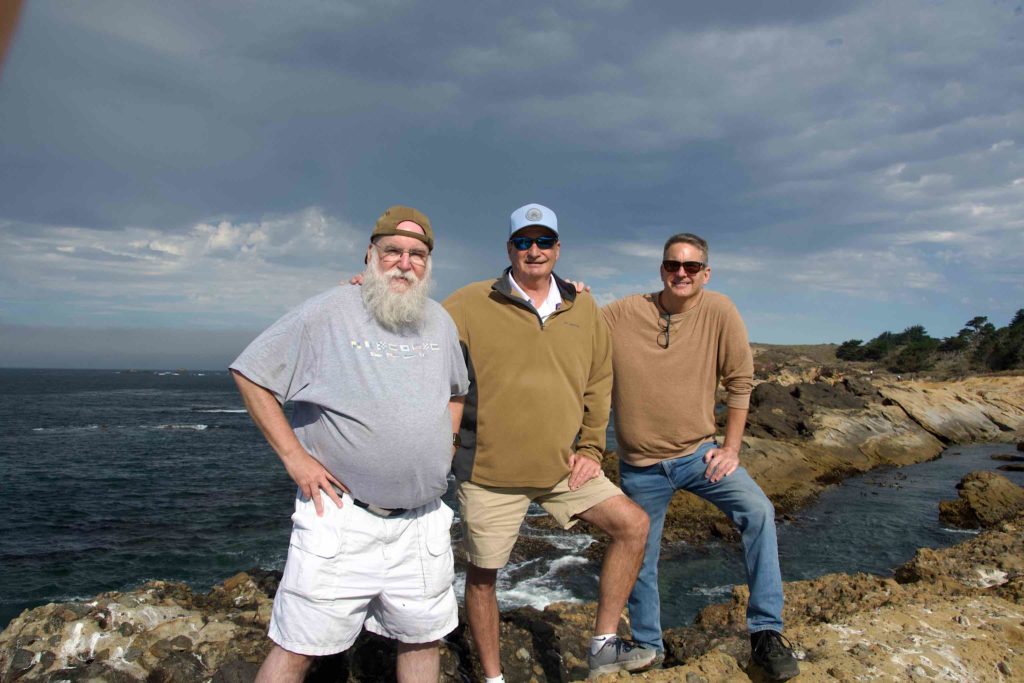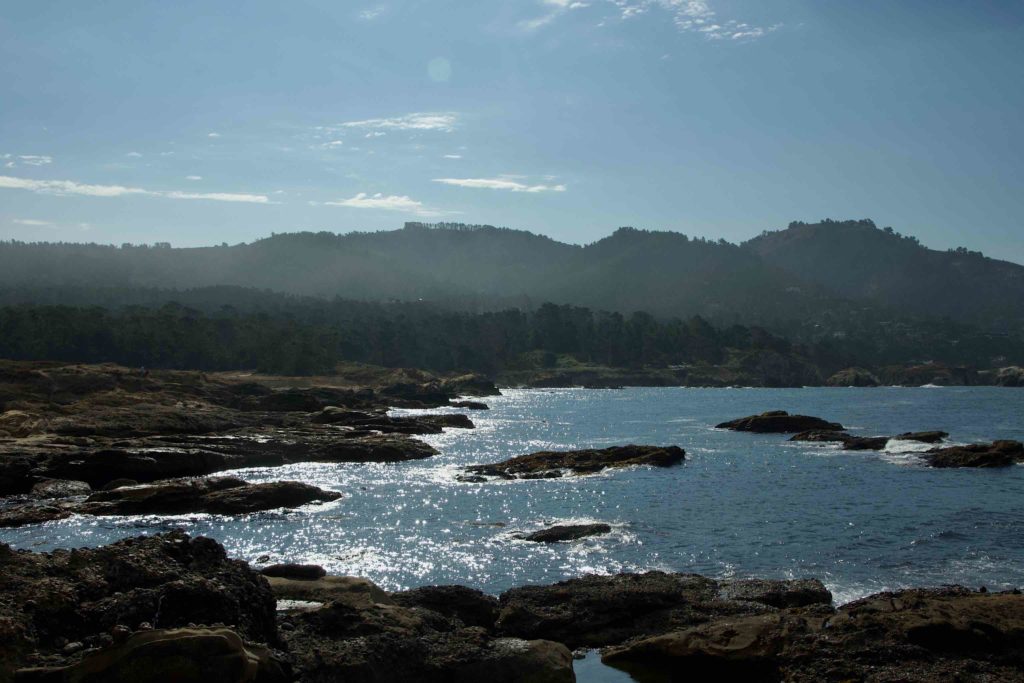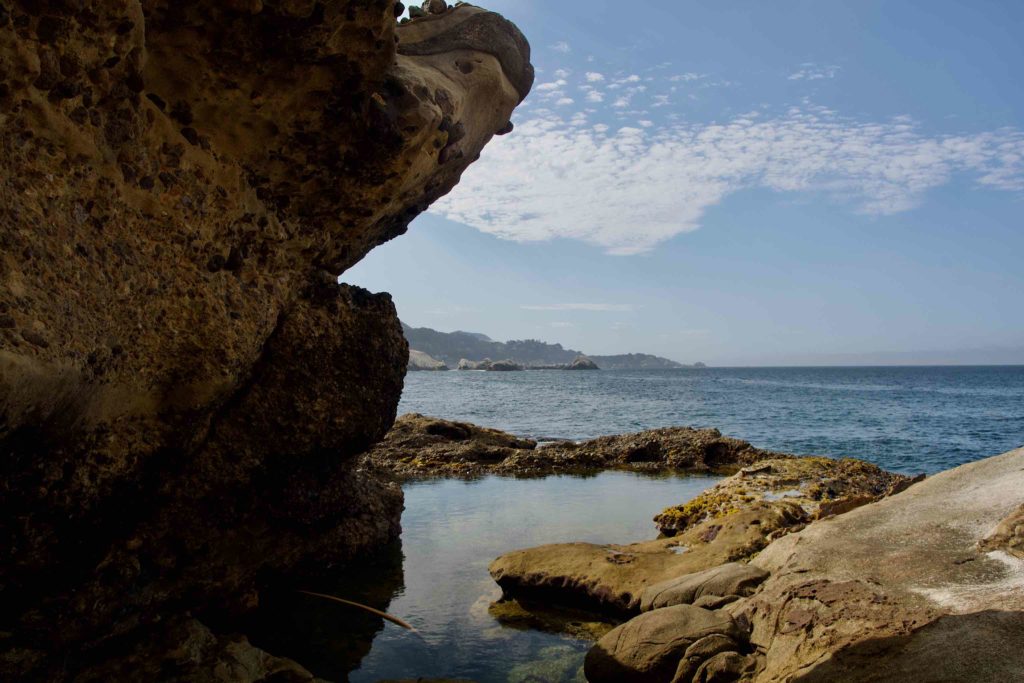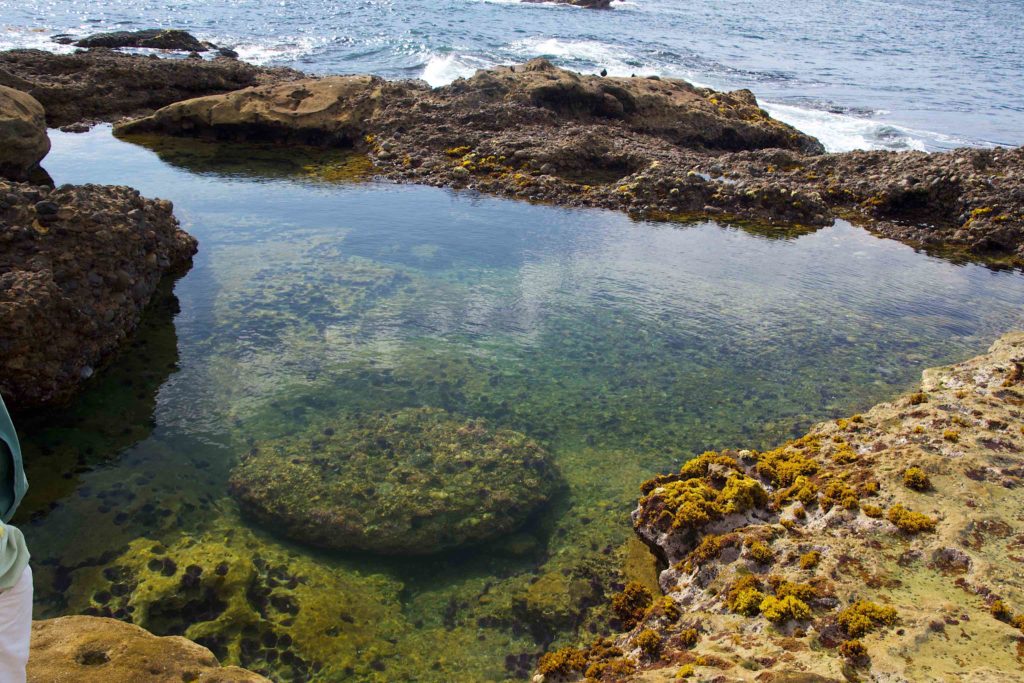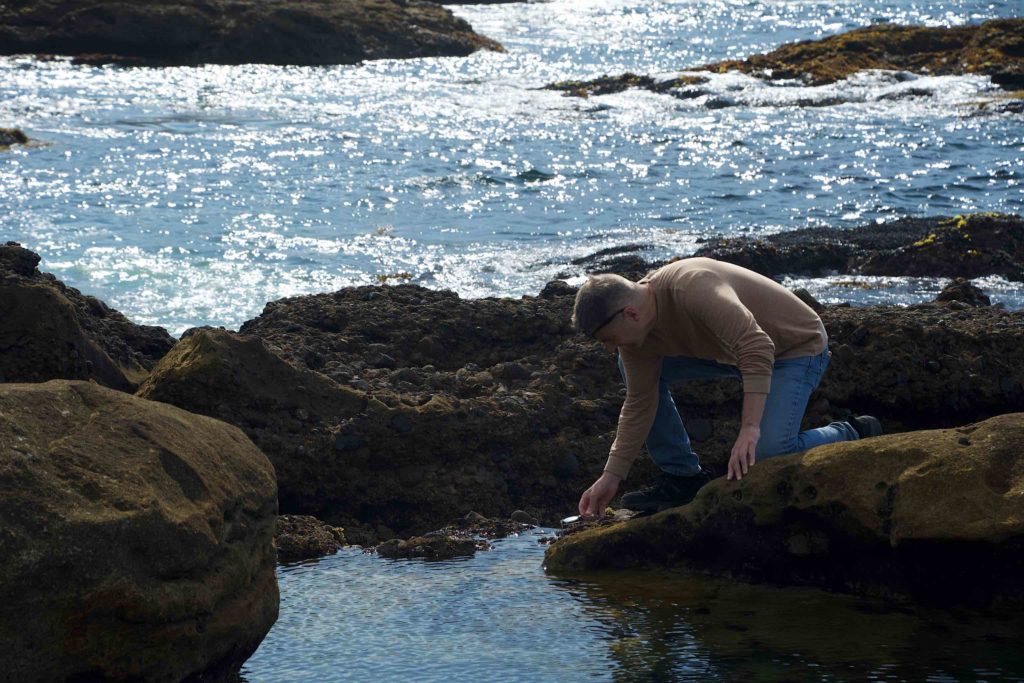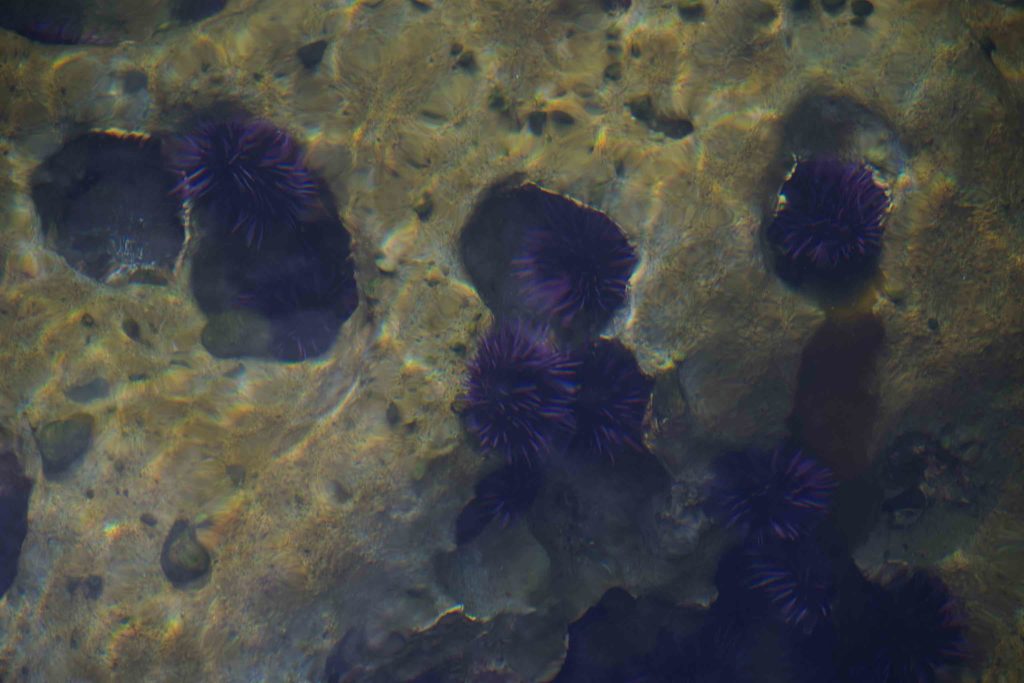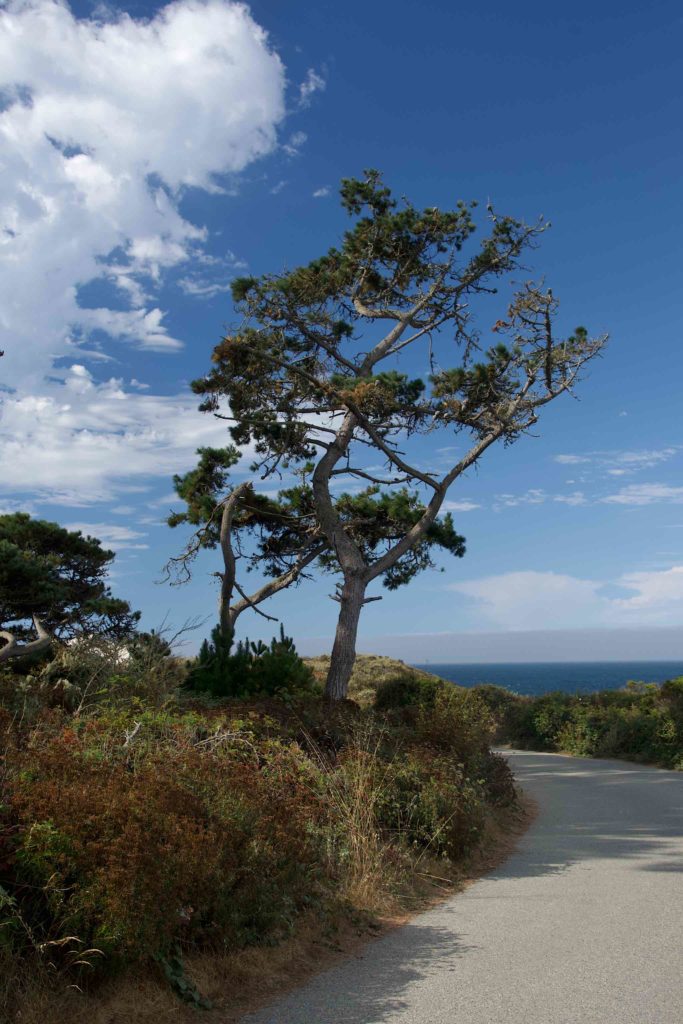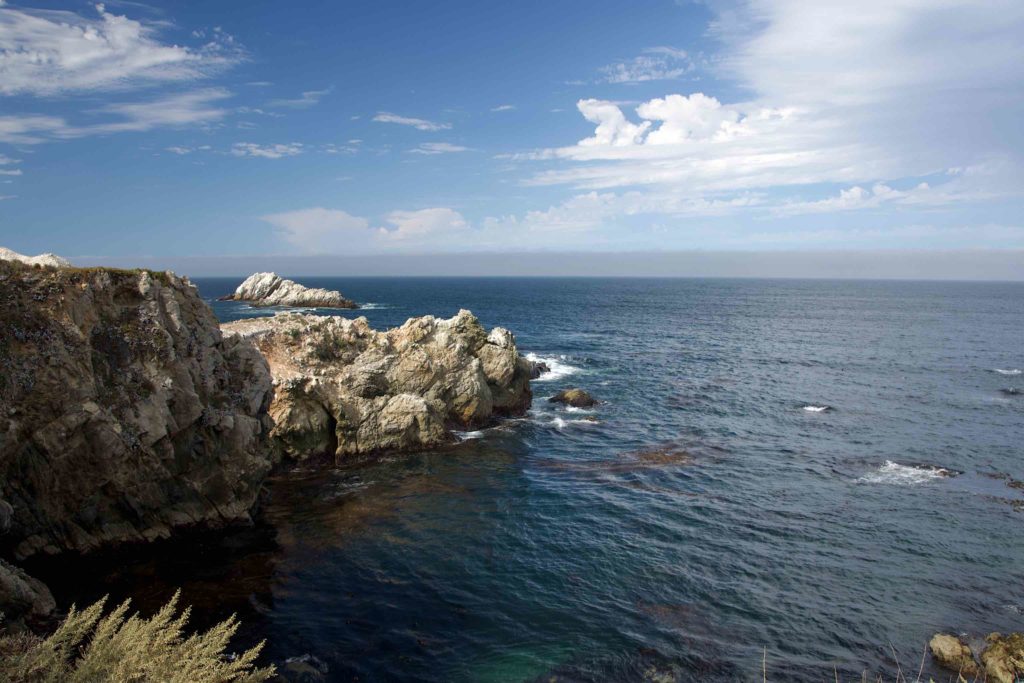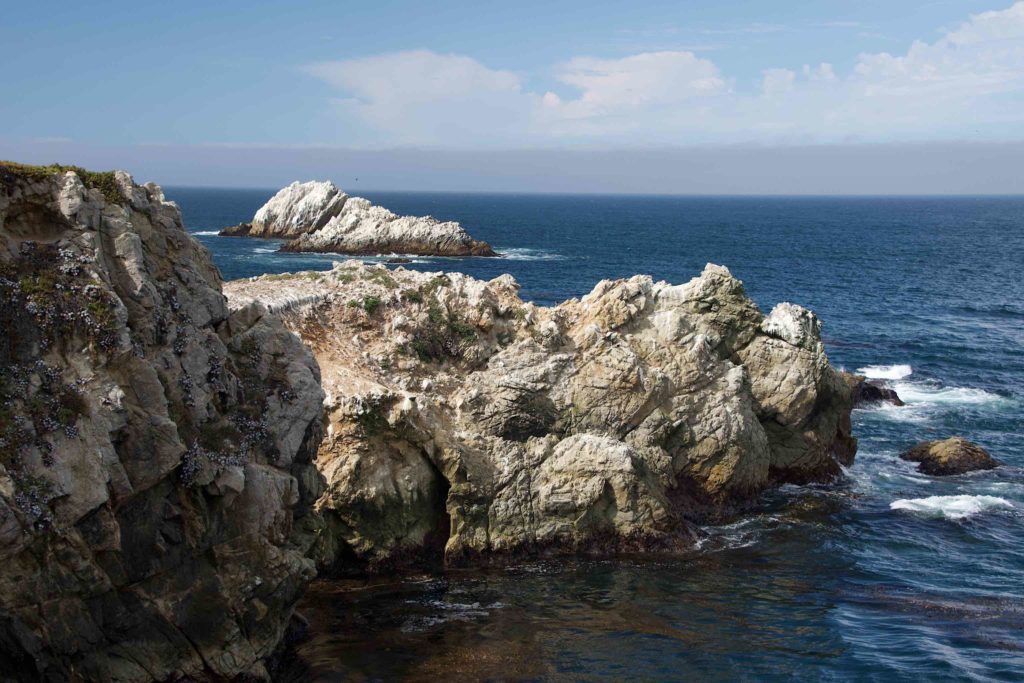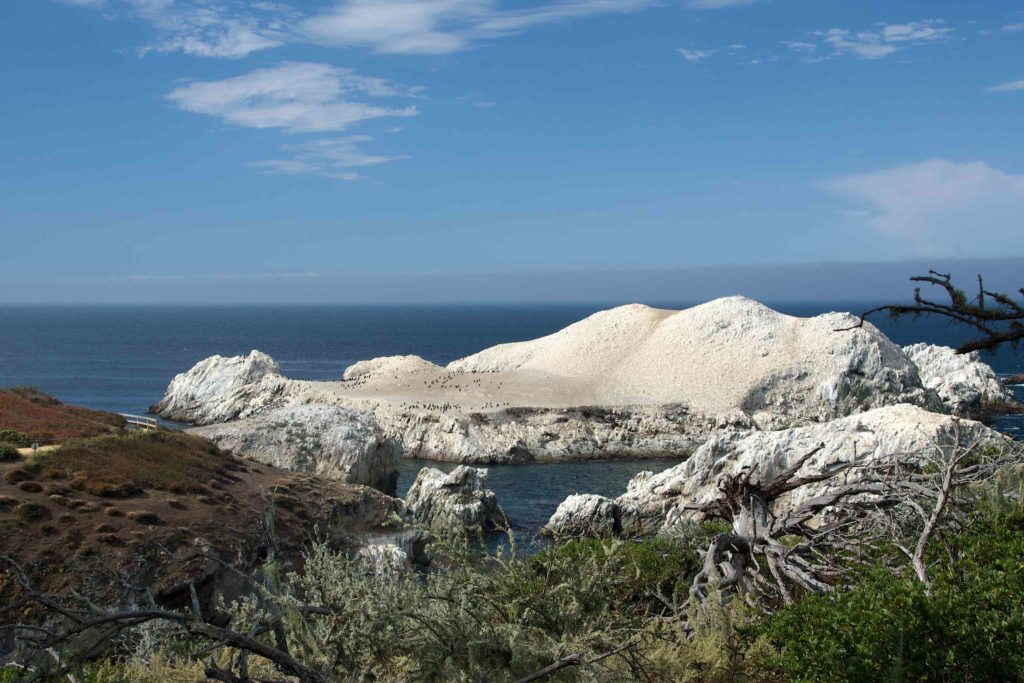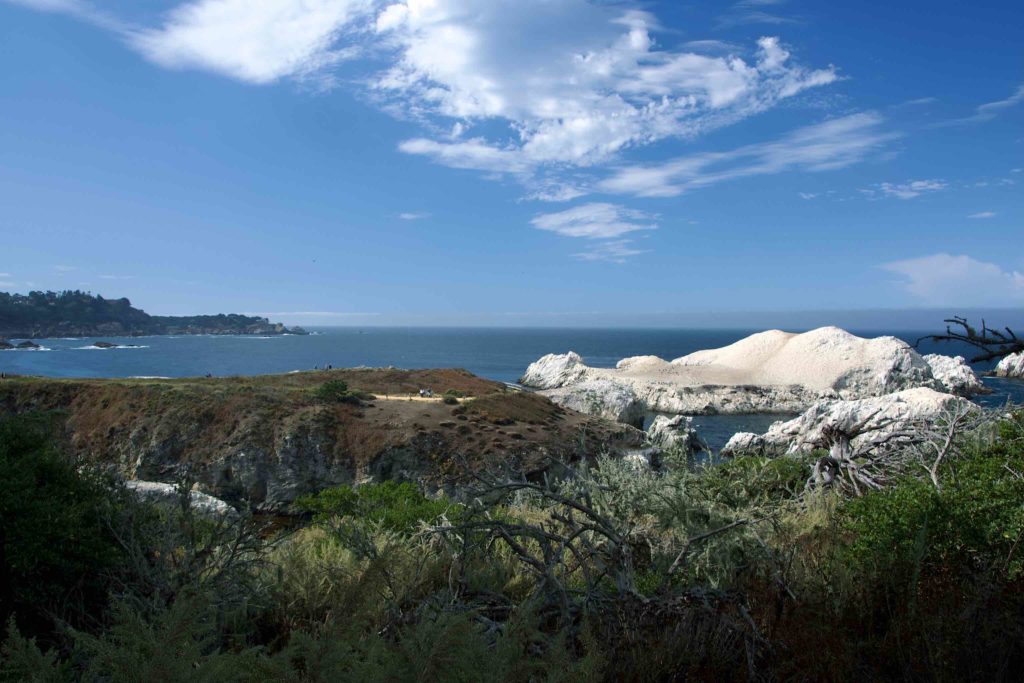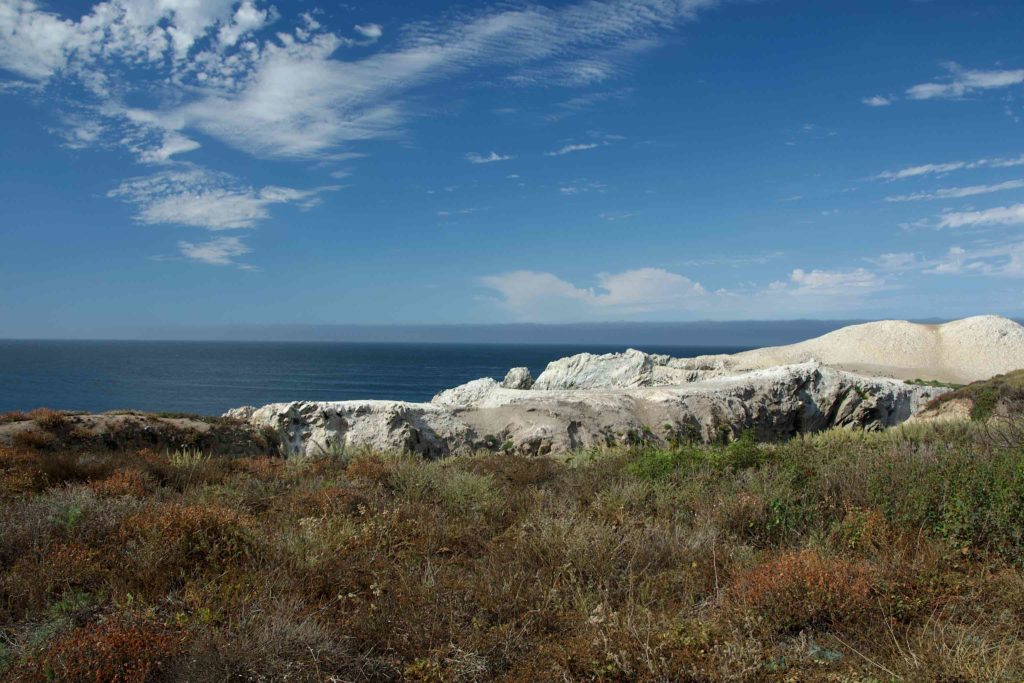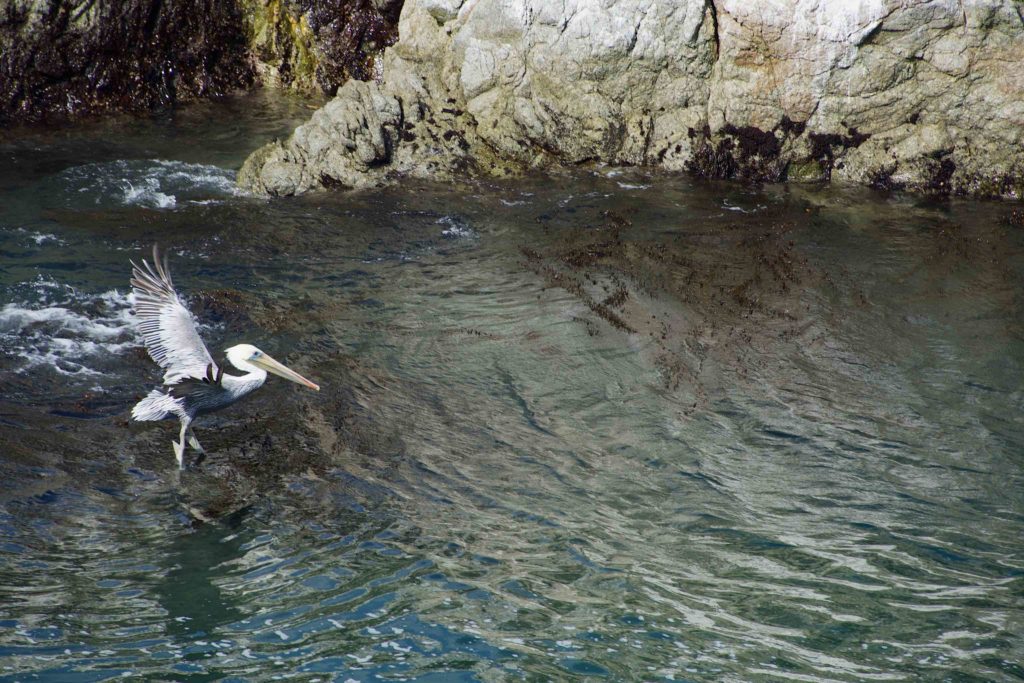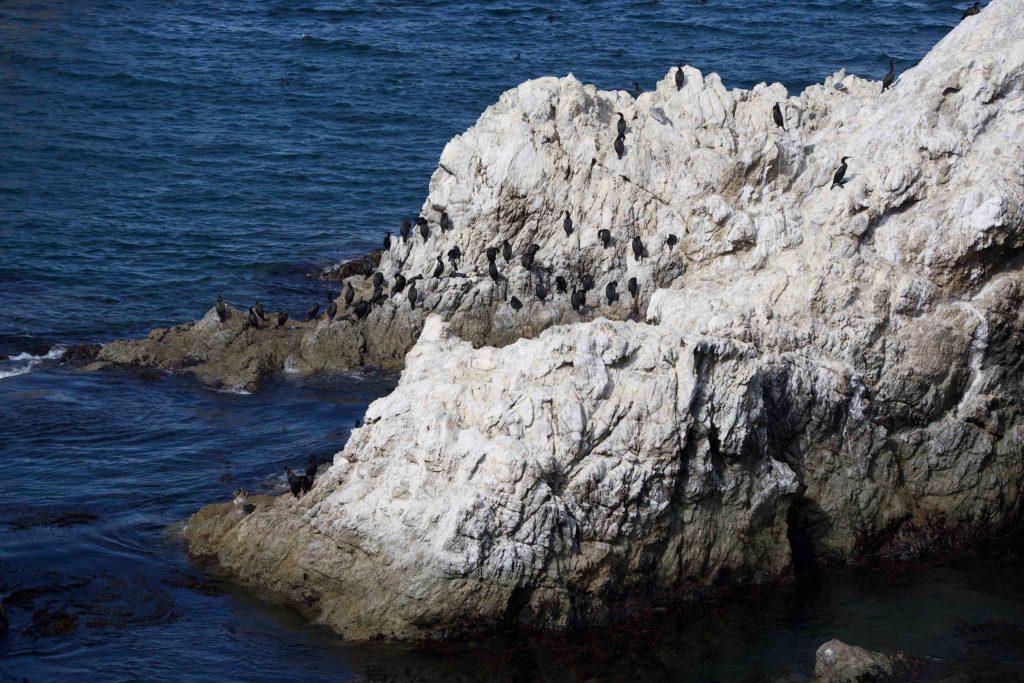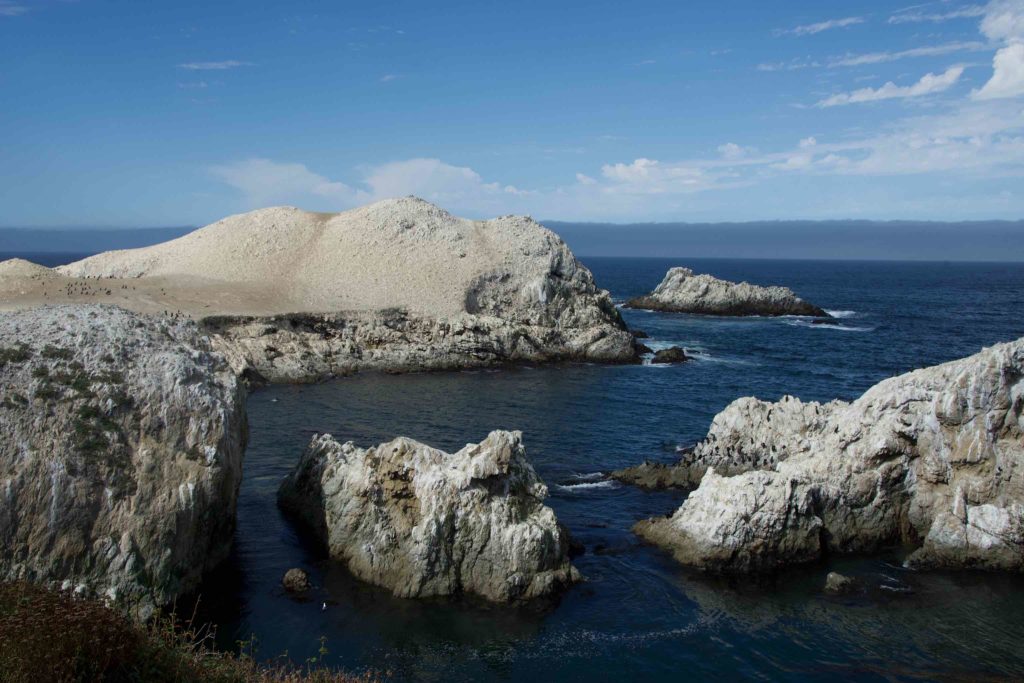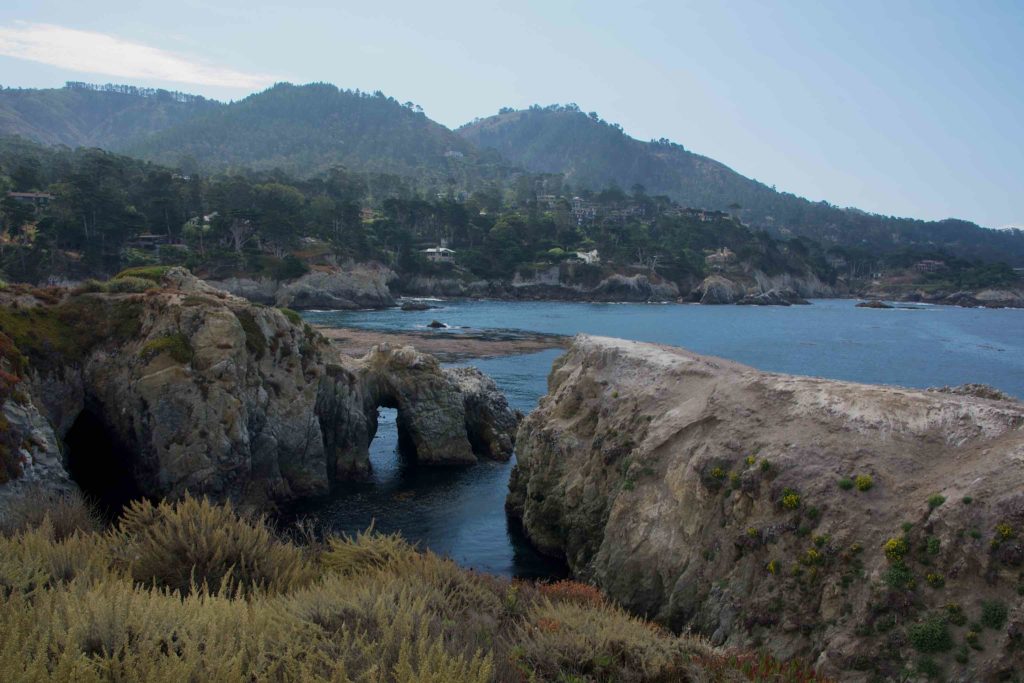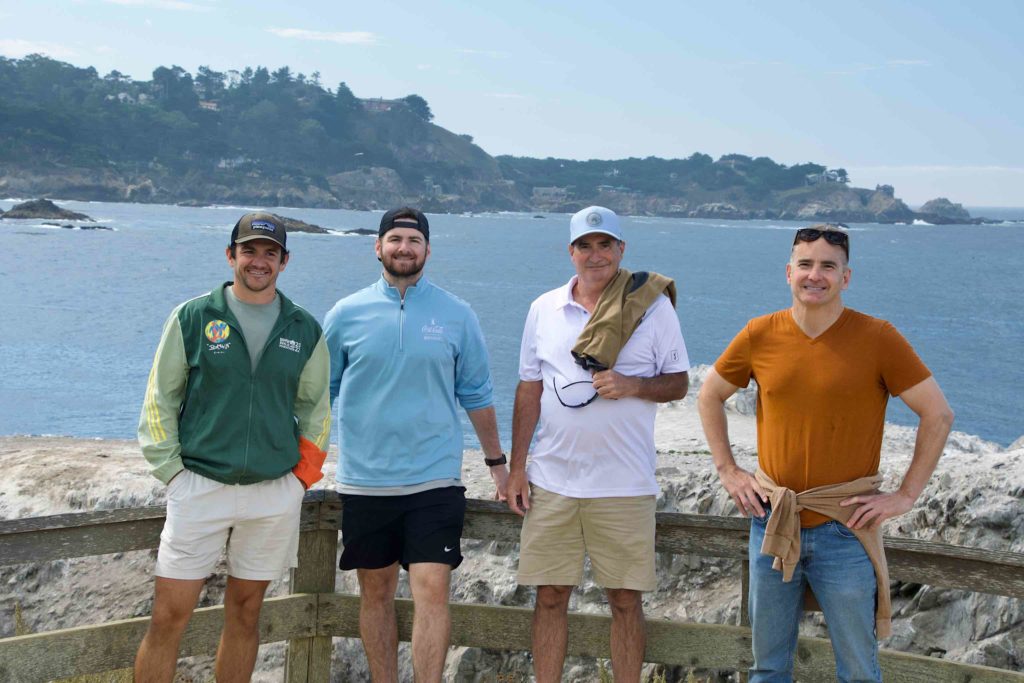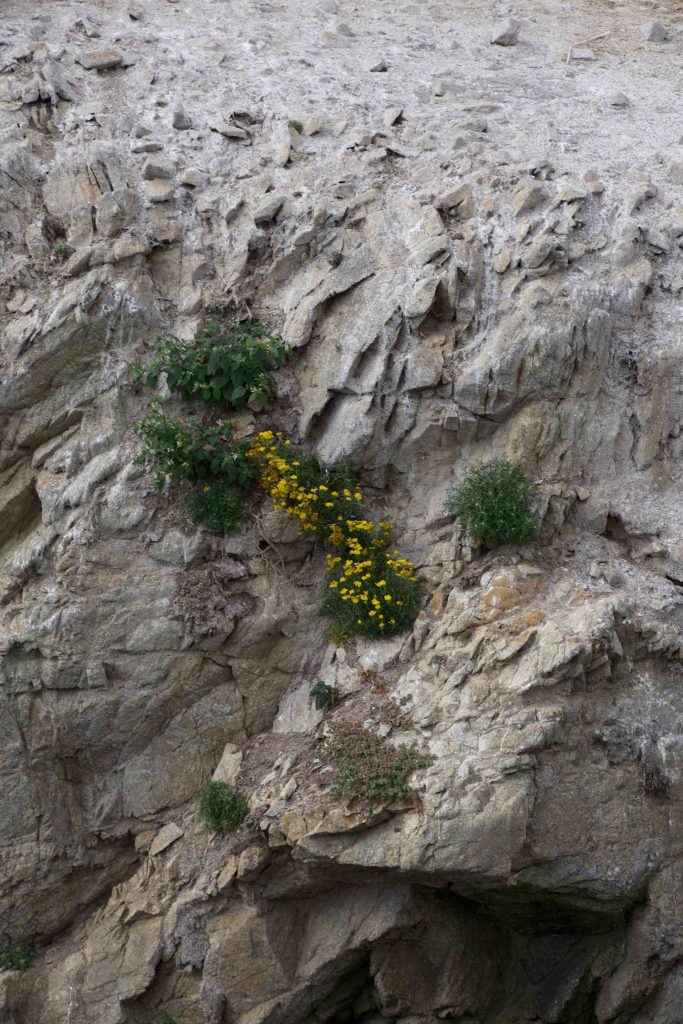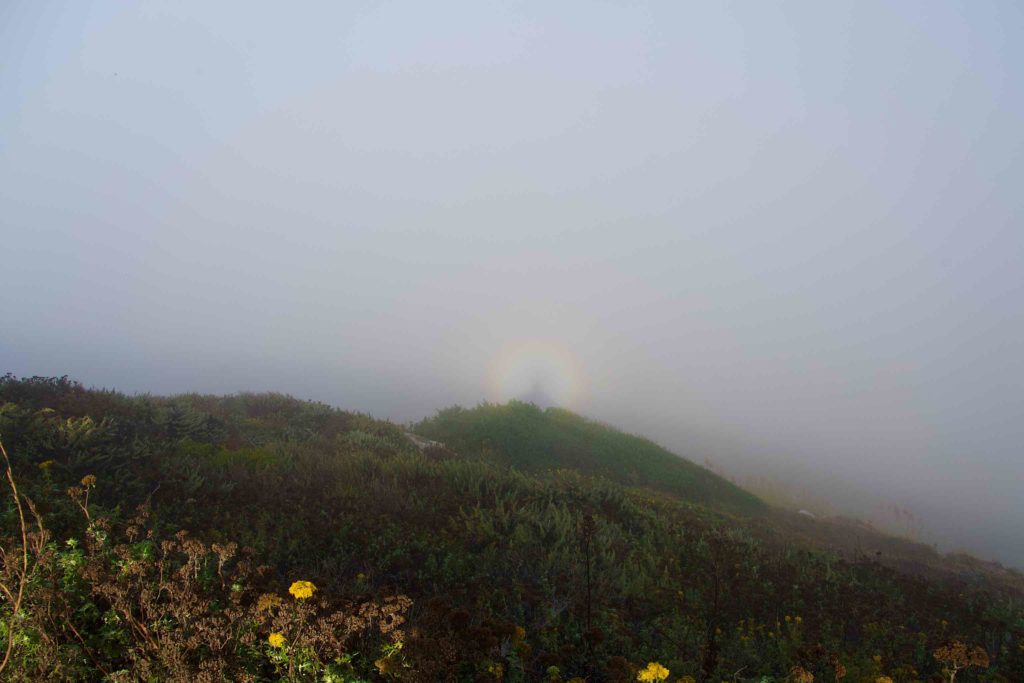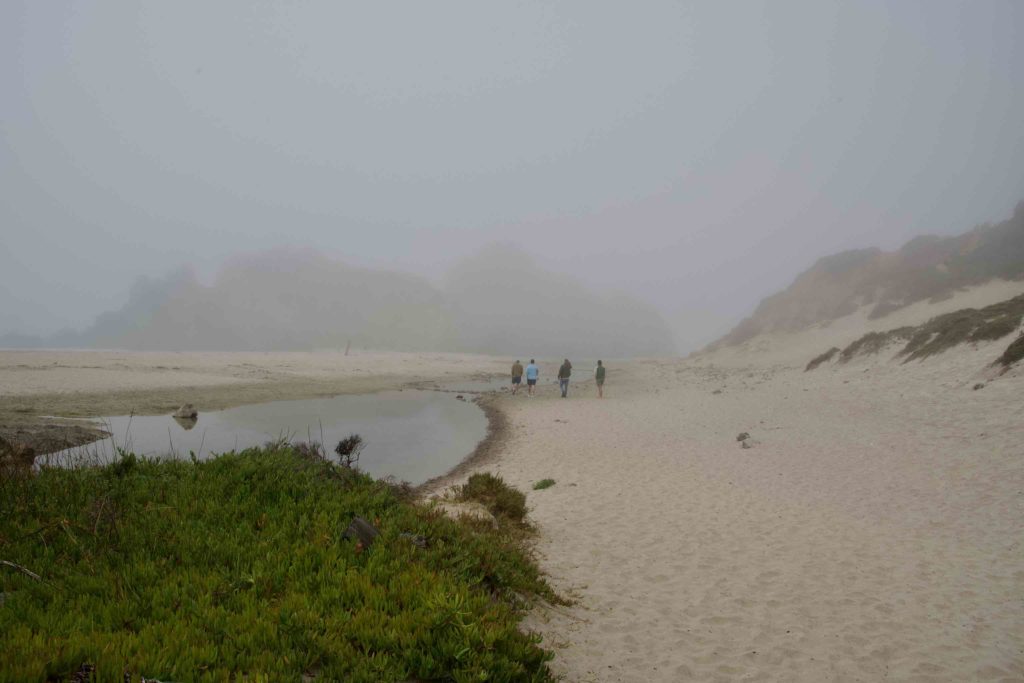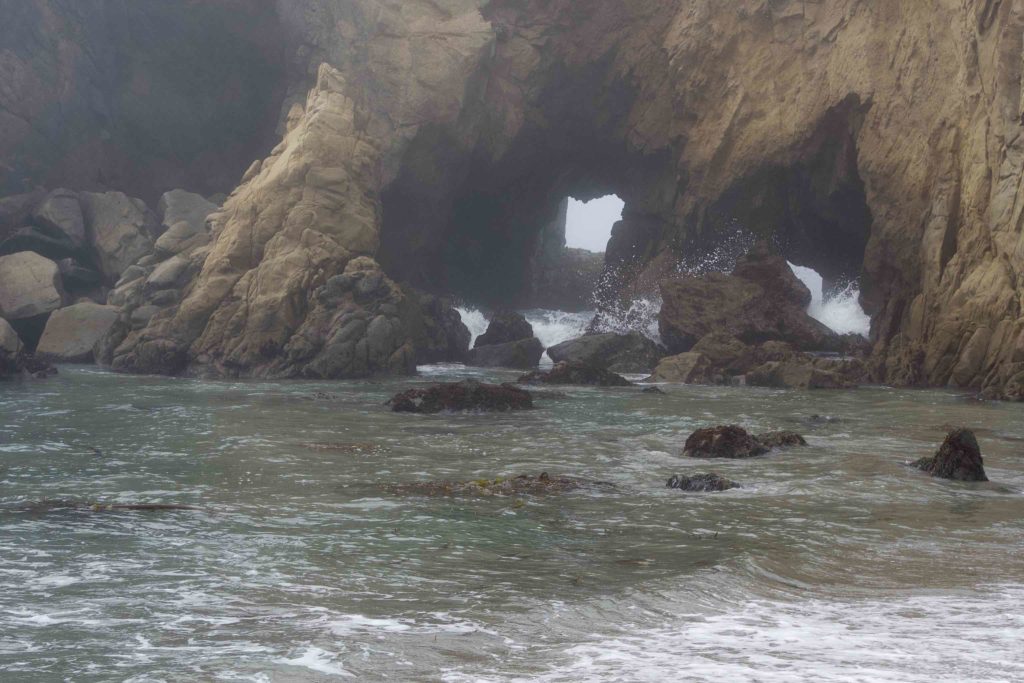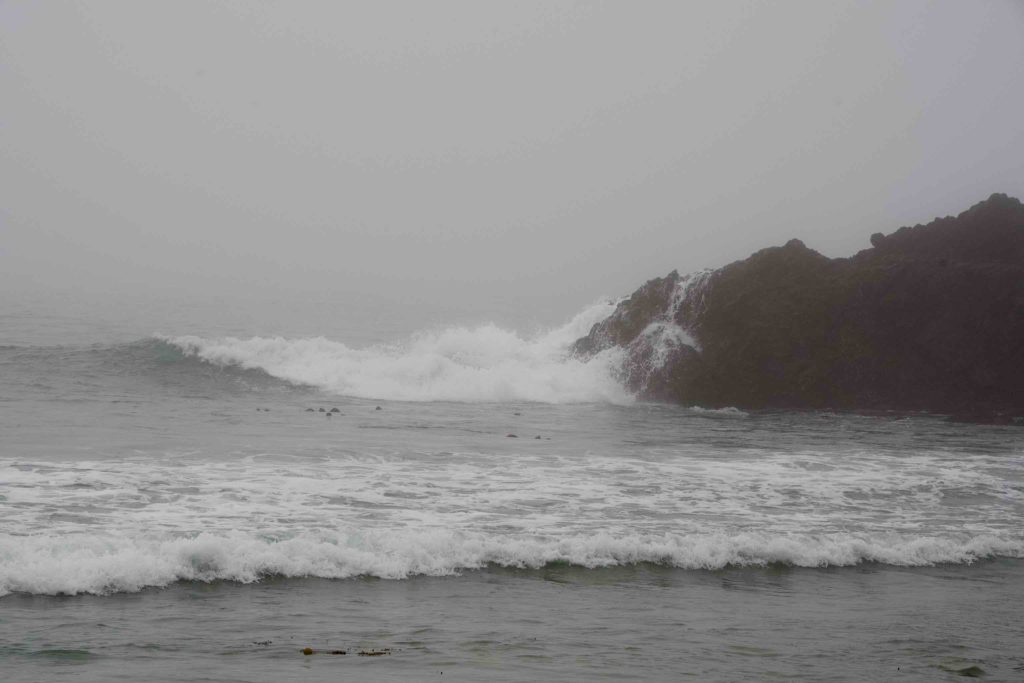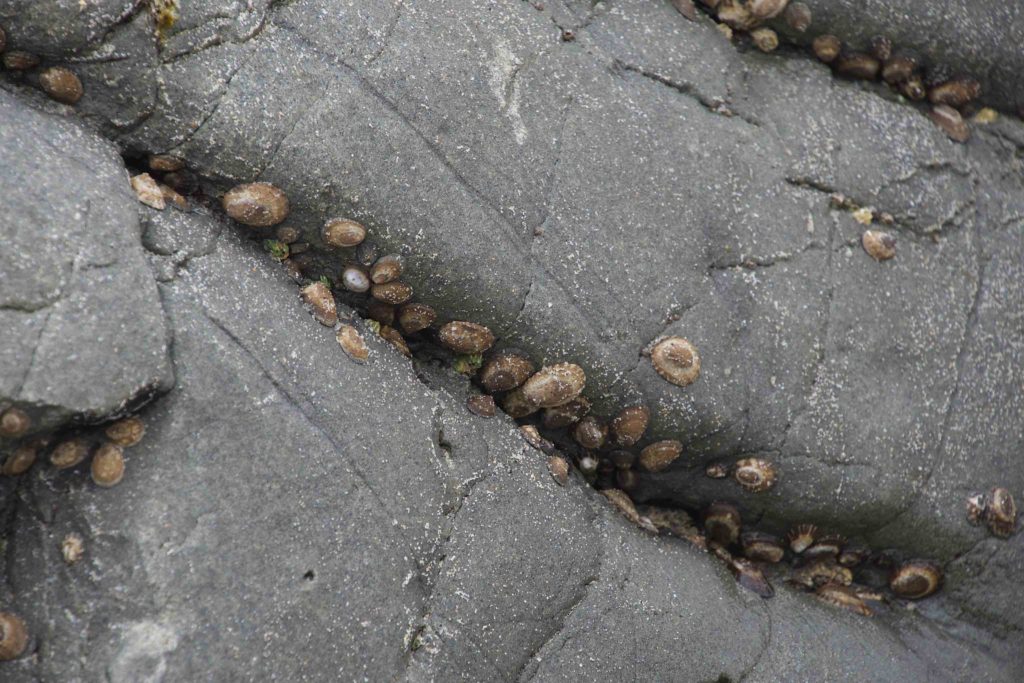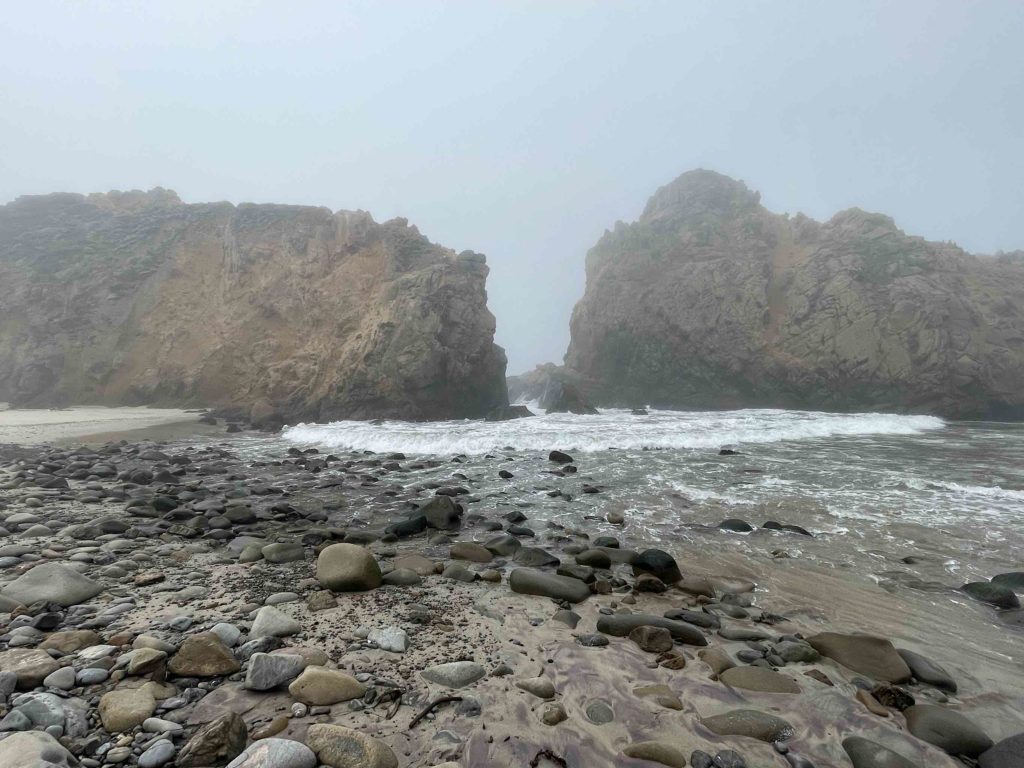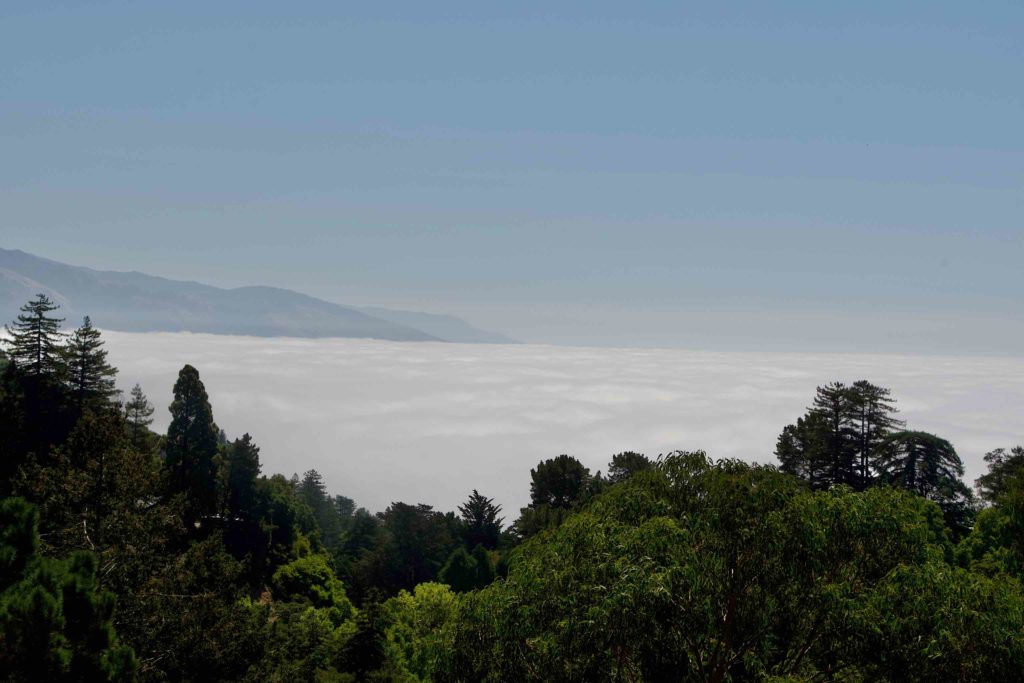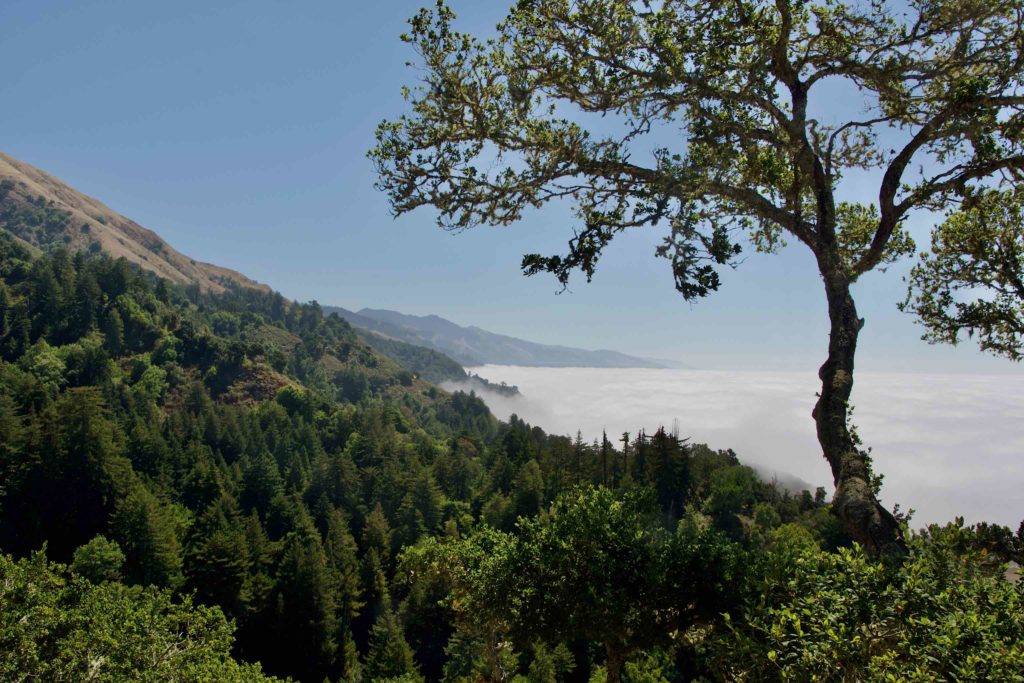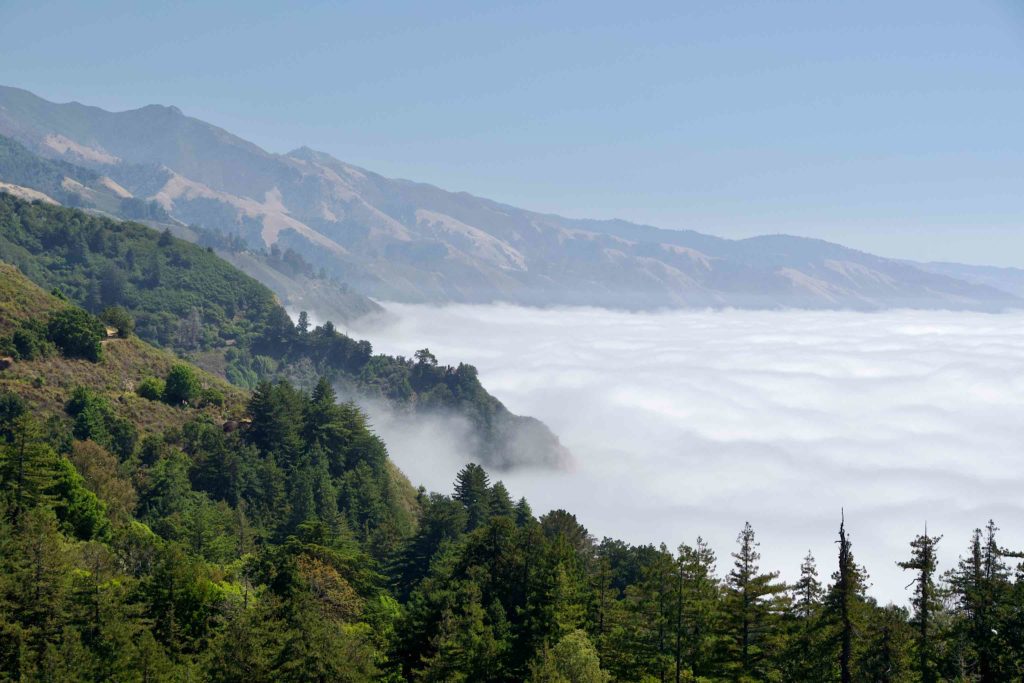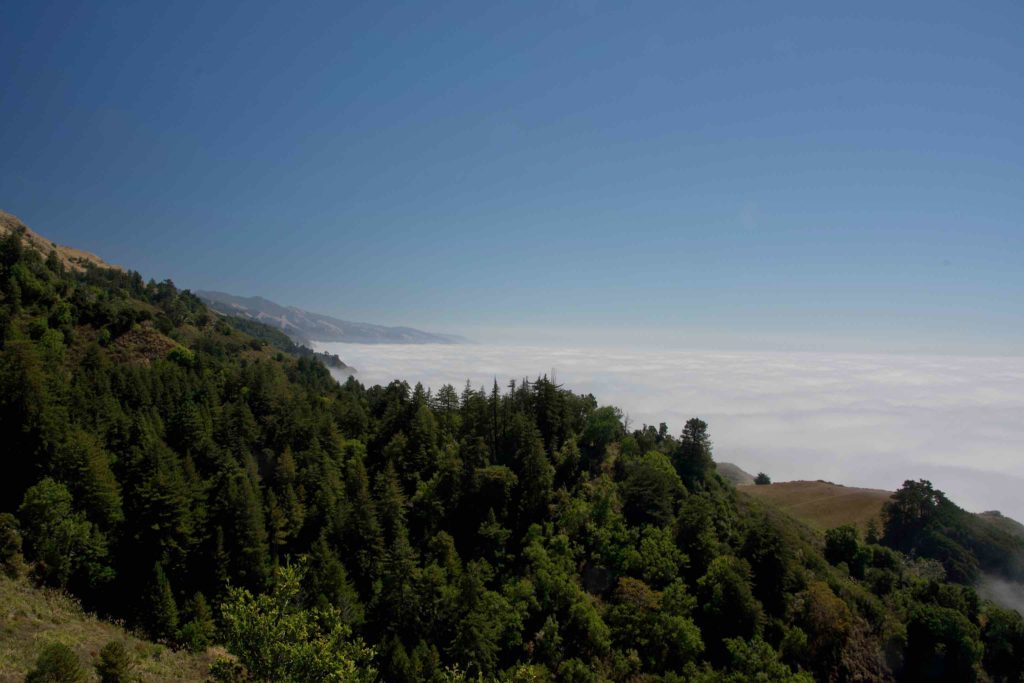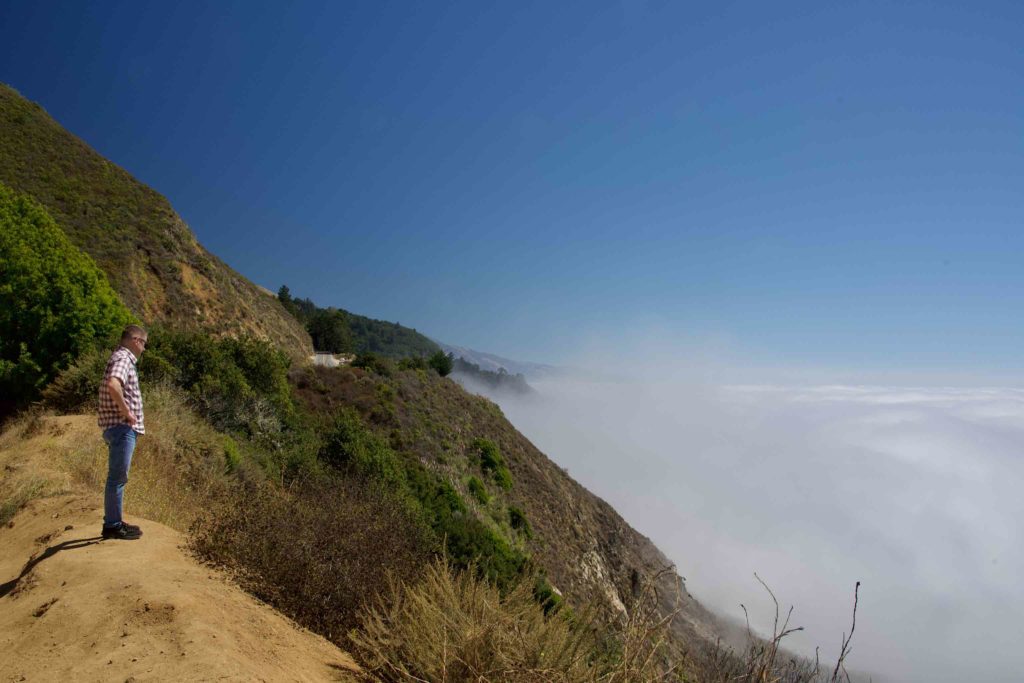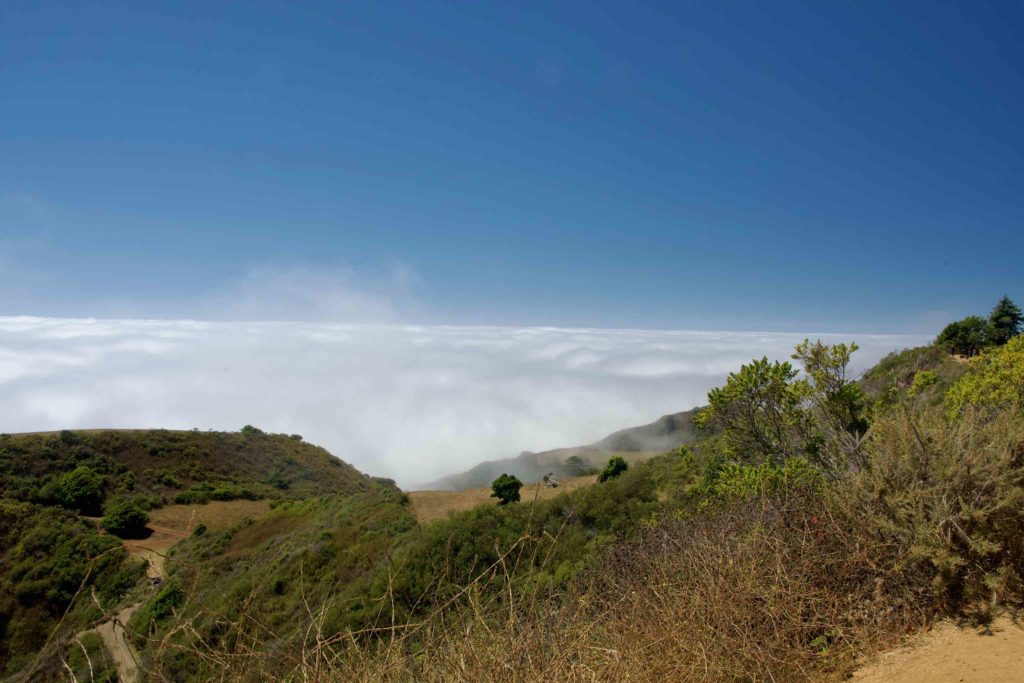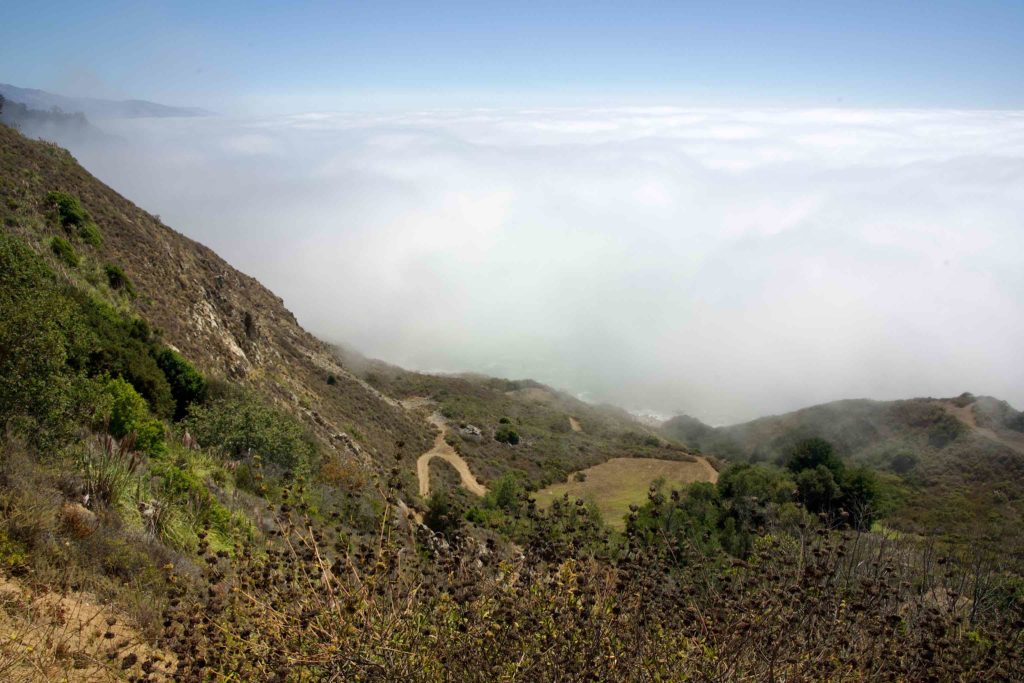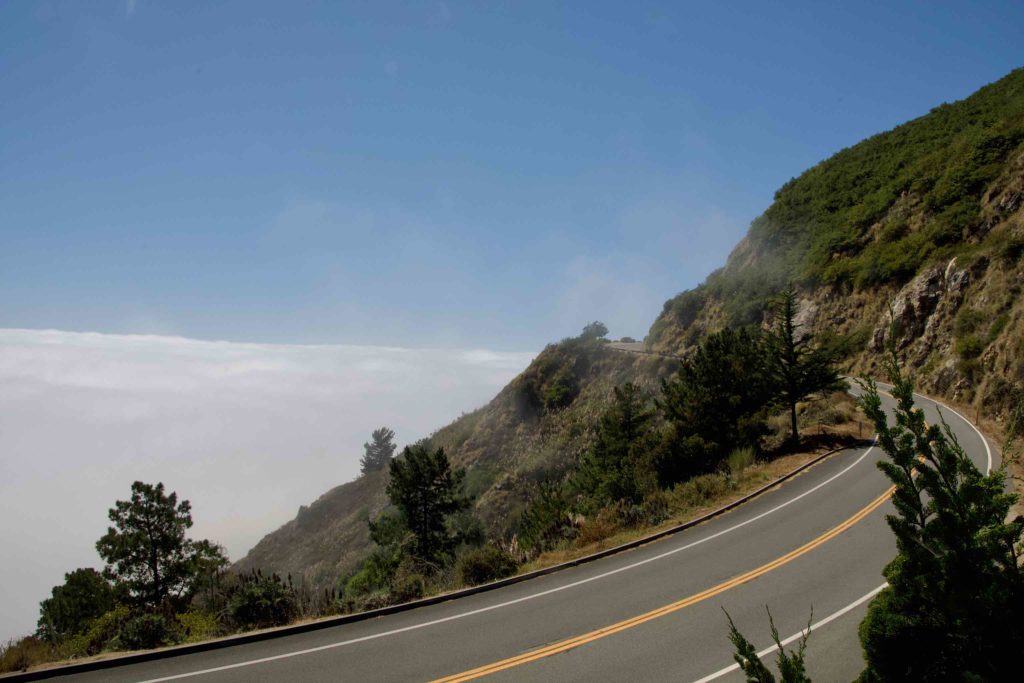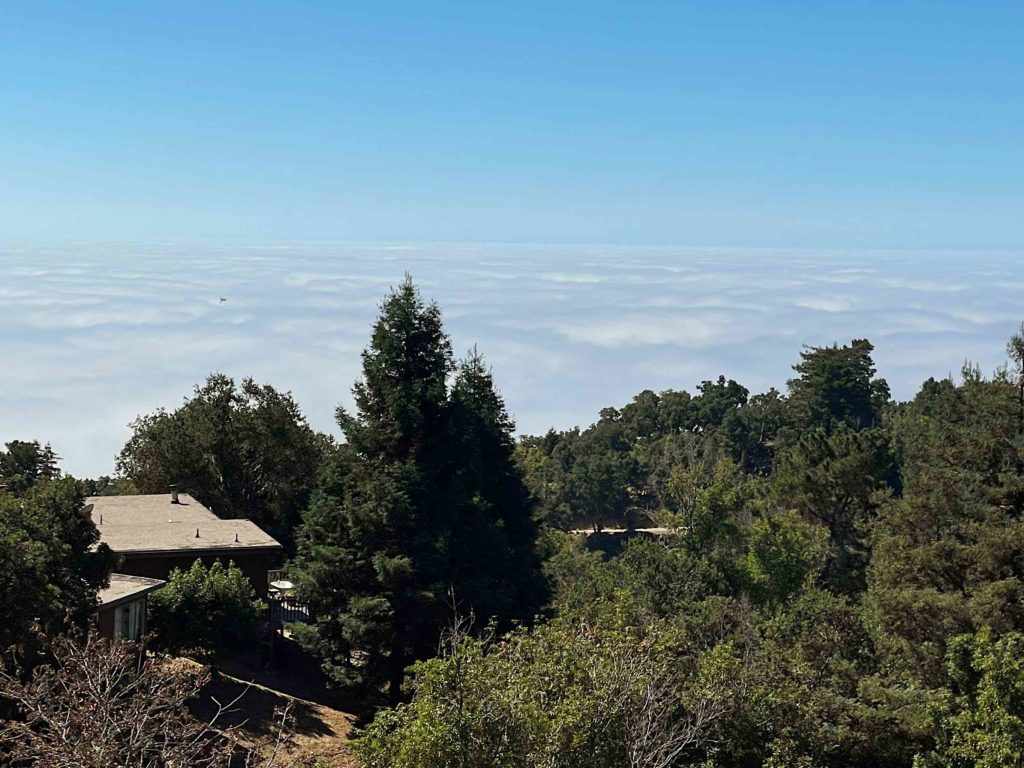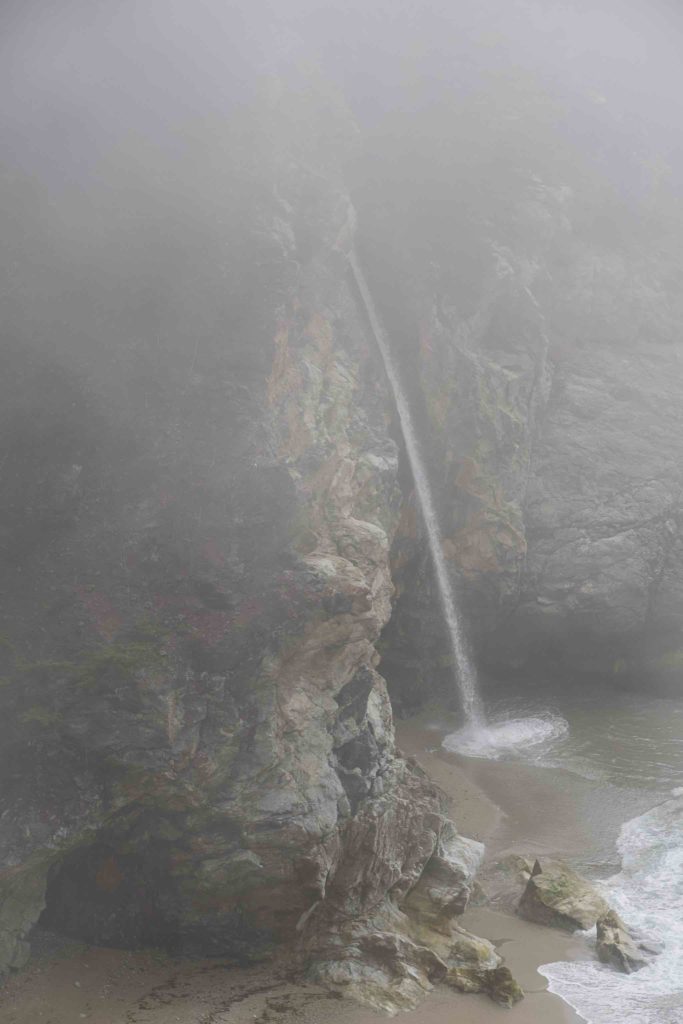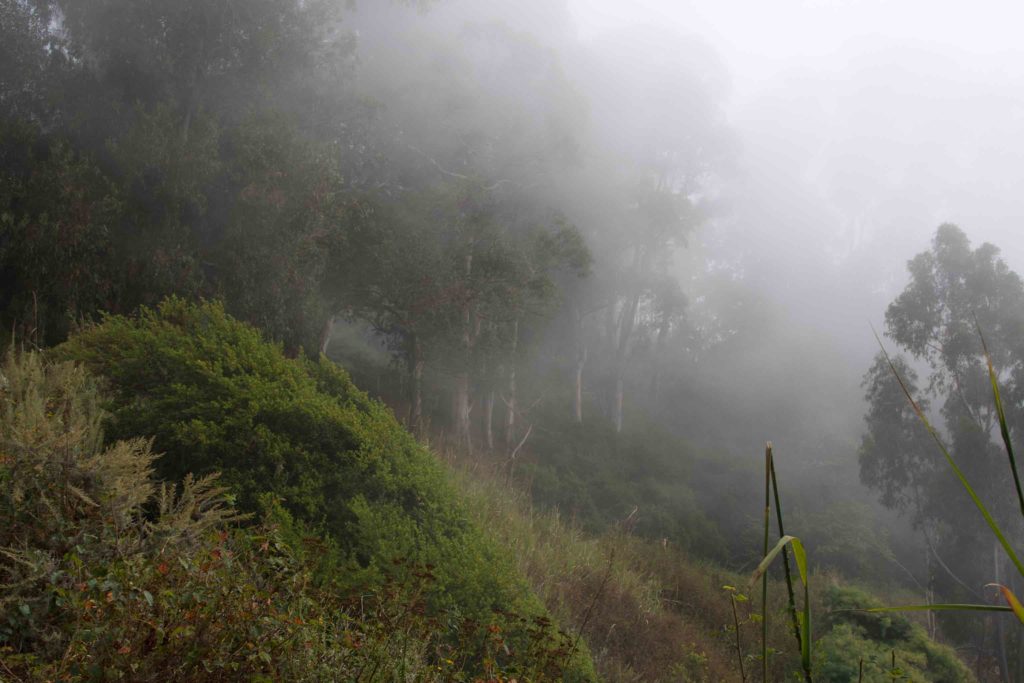Today is once again, the last day of Daylight Savings Time. Just as the days have been ending earlier, they’ve also been starting later and later. With Daylight Savings Time, sunrise was at 7:20 this morning. So, just as I did last year, I decided to head over to Castle Island to see if I could see the sunrise.
Of course, dawn begins a lot earlier than sunrise, and as I learned today, it’s often more interesting than sunrise itself.
The forecast was for clouds overnight and today, but I woke up at 3 and could see the moon overhead, so I went back to bed and dozed for a little while. When I woke again at 5, I decided to take a chance, so I crawled back into my clothes and headed out for Castle Island.
I got there in the just past six. It was quite dark out, so I did the morning’s Wordle, then decided to get out of the car and see if I’d wasted the trip. As I came around the corner of the fort, I saw it — a faint glow of pink to the east.
Gradually, the glow grew and got brighter. It became apparent that the clouds covered most of the sky, but there was a narrow clear band right at the eastern horizon. As the sun approached the horizon, it lit the bottoms of the clouds brilliantly. I could see layers and textures in the clouds. The color shifted from pink to orange as more and more green light mixed with the red. Finally, the sun rose, behind some light haze at the horizon — I never did see the actual disk of the sun — and the colors faded as the sun climbed behind the overcast.
Just as it had a year ago, a tanker came into the harbor from the east. When I first got there, you could just barely see its lights, and then, just as the sun was rising it swept down the channel, made the turn, passed right in front of me, and then into the harbor. It turned out to be the very same tanker I’d seen last year, the Iver Prosperity. When I checked, it looks like it shuttles back and forth between Boston and St. John, Canada.
I was shooting with both the Nikon and the iPhone this morning, and it struck me how disparate they are. Neither one fits the bill completely. During the early part of the dawn, the SLR was nearly useless, as I’d neglected to bring the tripod, and I couldn’t hold it still enough not to blur the images.
The images out of the iPhone more resembled what I was seeing straight out of the camera, but it also tends to flatten the scene in a kind of paradoxical way. The iPhone shoot High Dynamic Range pictures, but then it maps the range of values into the gamut of what it can display. Granted, it can display a much wider range of values, but the end effect is a less contrasty image.
The Nikon, on the other hand, especially since I’m shooting RAW, just records the light values directly to the sensor. The end result is that, especially for a scene like a sunrise, is that it is impossible to record the highest highs and the lowest lows, and the pictures look more contrasty because the shadows are darker and the light areas lighter. You can pull some of the values back in in post-processing, but they’re still more contrasty. Compare the pictures of the clouds shot with the iPhone vs the ones shot with the Nikon — the Nikon better captures the textures of the clouds, while the phone did a better job with the colors. In addition, I have a longer lens available to me on the Nikon, and I tend to use it.
The other trade off with the Nikon is that since I am shooting RAW, I have to correct every damned picture. Apple Photos does not render Nikon RAW files well by default, especially ones like these that were not shot in the noon-day sun.
Once again, I’m impressed with the quality of the pictures coming out of this new phone compared to the ones shot on my old iPhone 12 Pro. Those pictures always looked over sharpened and sometimes had artifacts; I’m not seen it to the same extent with the new phone.
One other thing I have noticed in the new phone is a level indicator when shooting. I’m not sure if it’s new, and whether it’s an iOS 17 thing, or an iPhone 15 pro thing, or whether I simply never noticed it before, but it’s very helpful — when I think to use it. I keep grid lines turned on in the Nikon’s viewfinder, but I still find, when I look at what I’ve done, a lot of crooked horizons — and they’re particularly noticeable with a visible horizon line.
I think the next time I do something like this, I’ll bring the tripod. It was annoying not being able to use the Nikon during the earliest phase of the dawn. I know it’s capable of longer exposures if held steadily enough.
Despite the fact it was quite chilly, it was a good morning. I probably shot too many pictures, but I enjoy the process of shooting, and I had fun.



